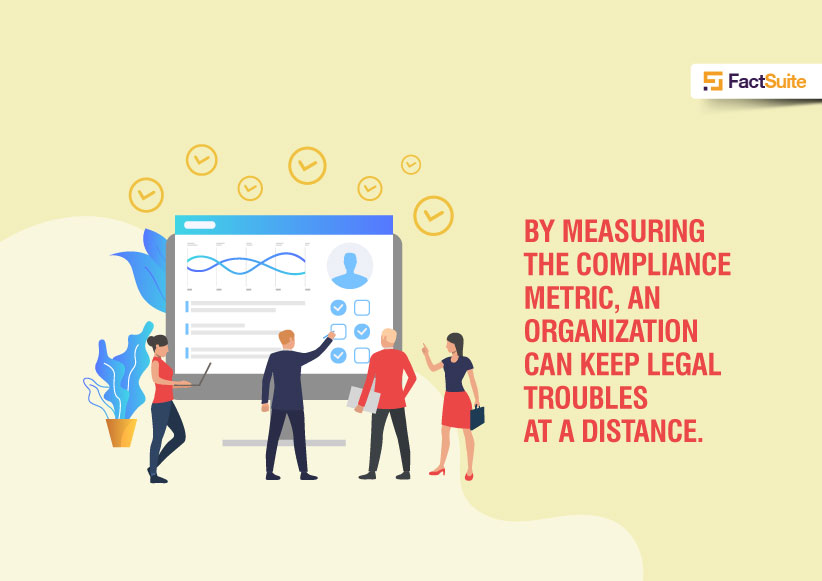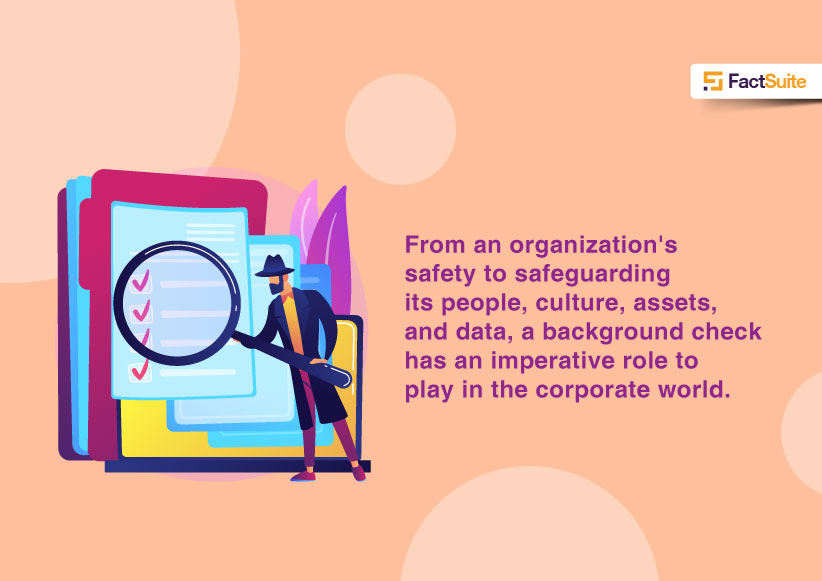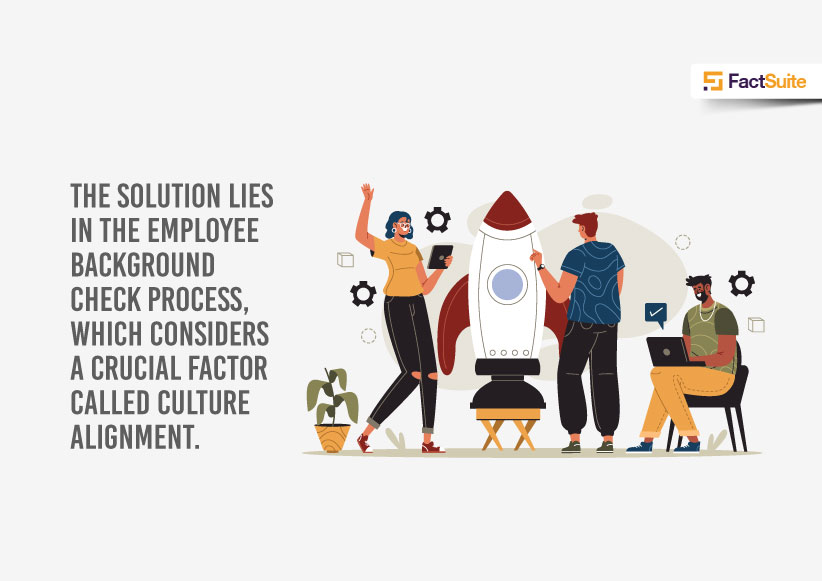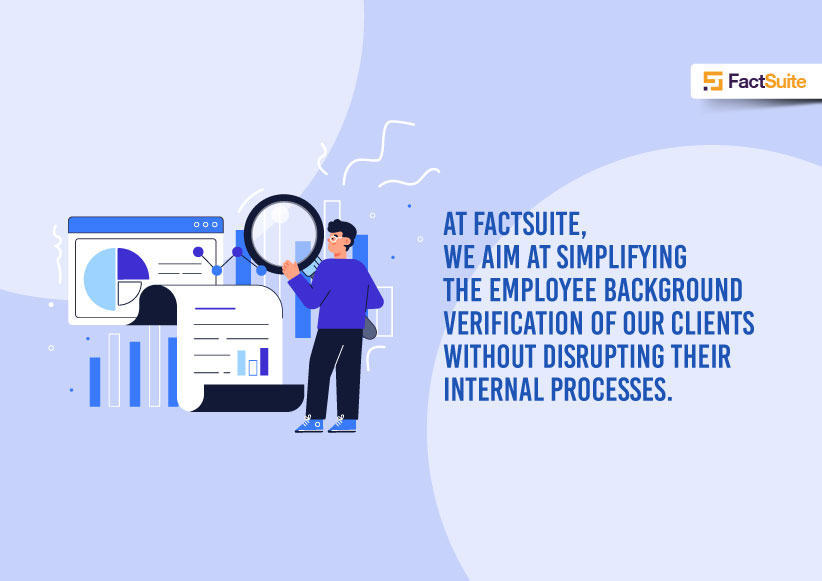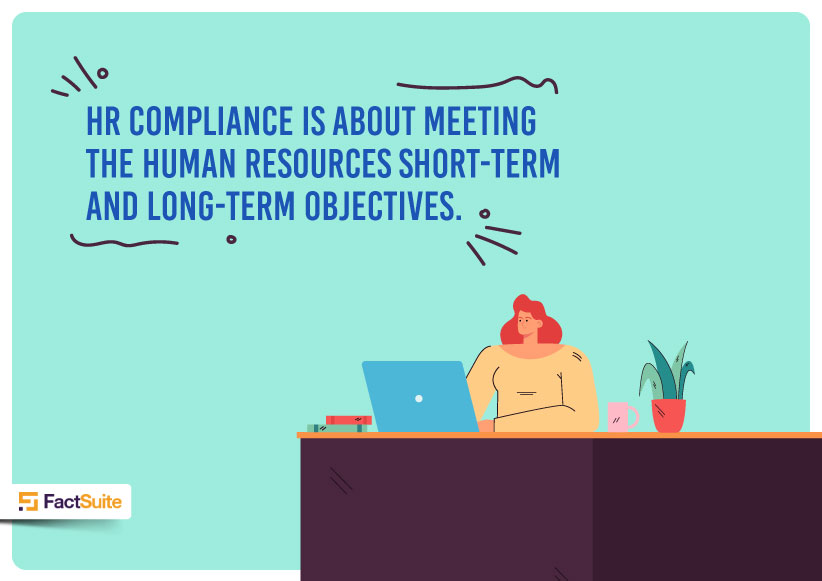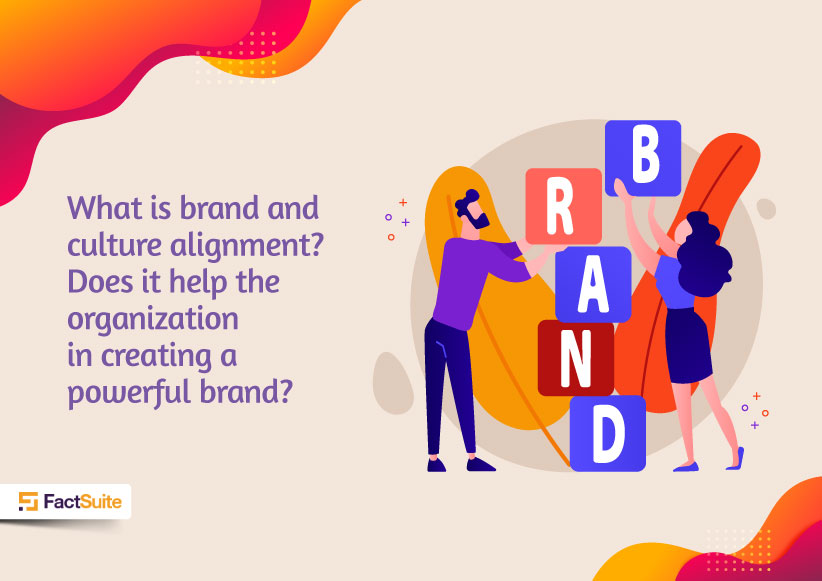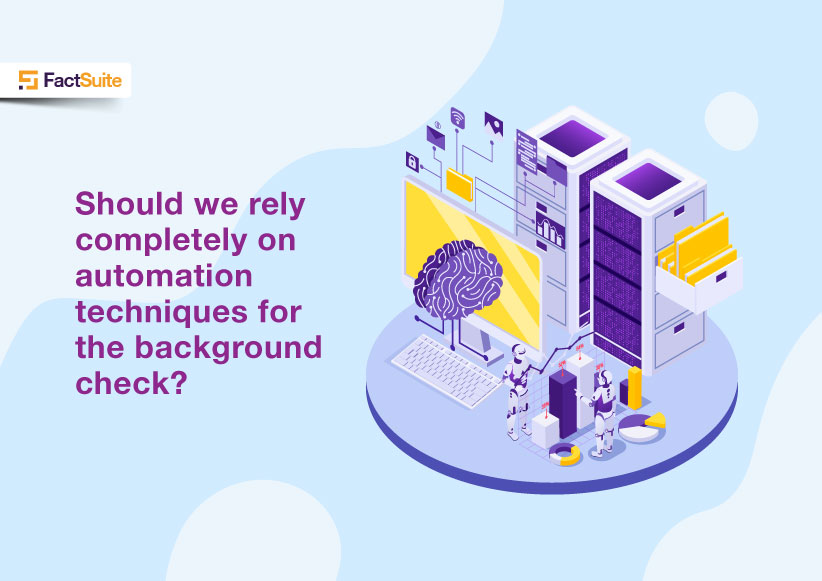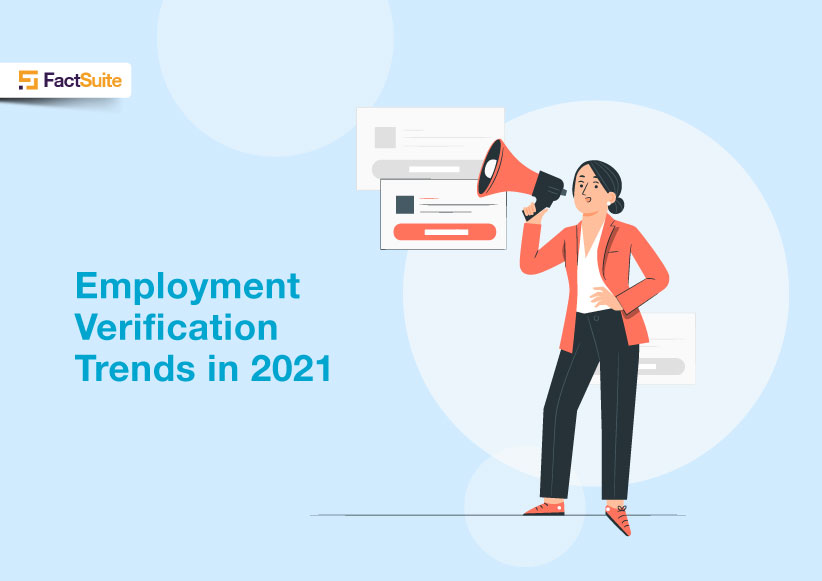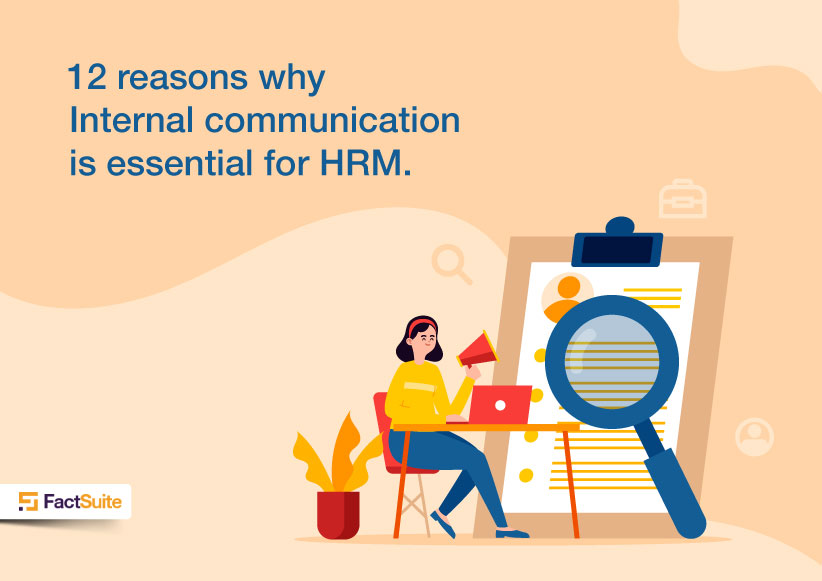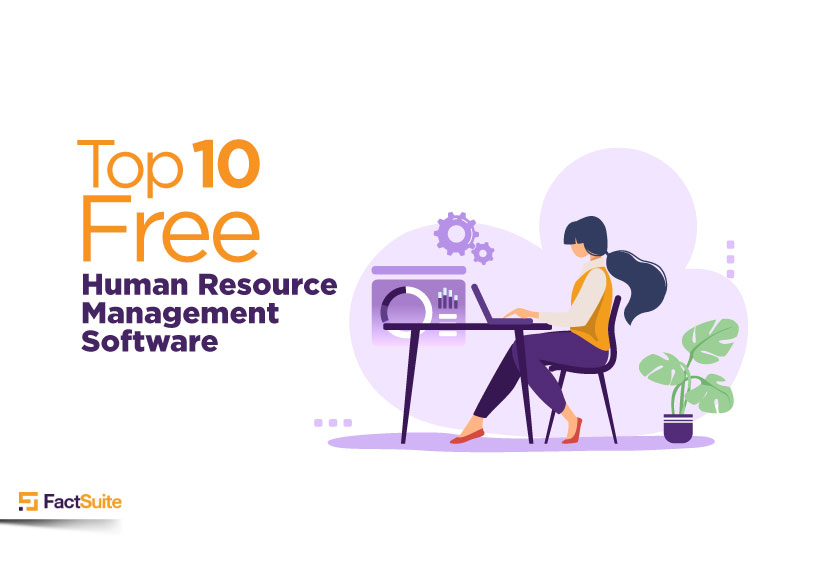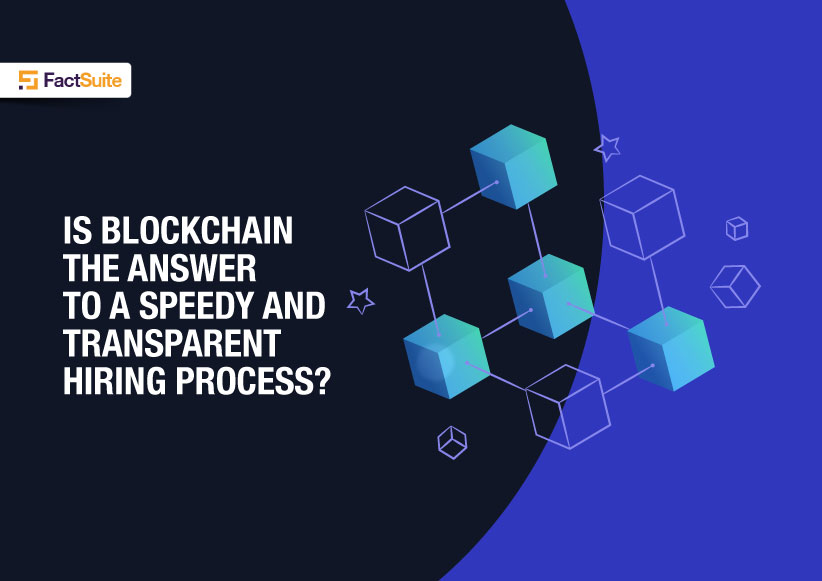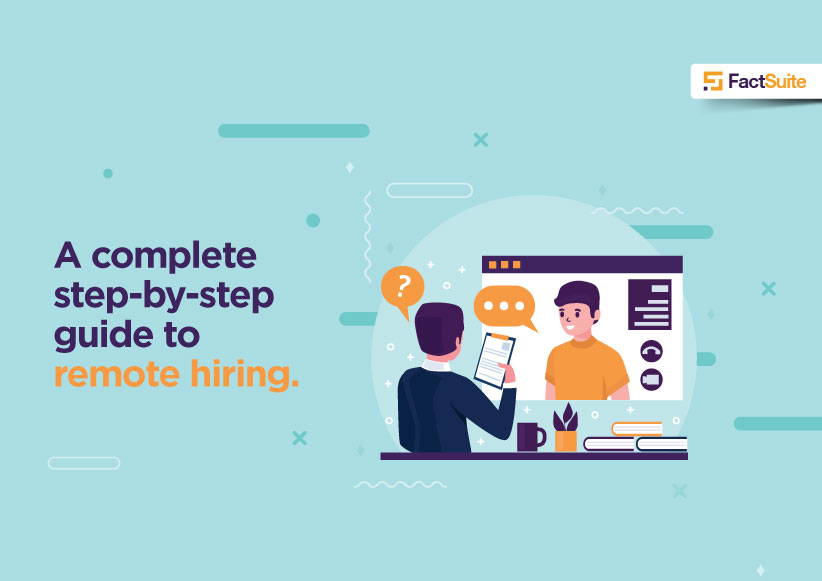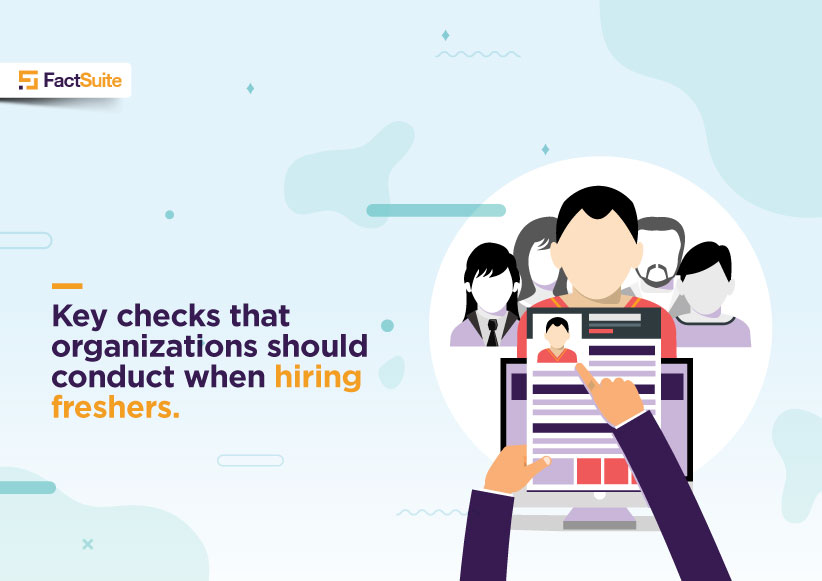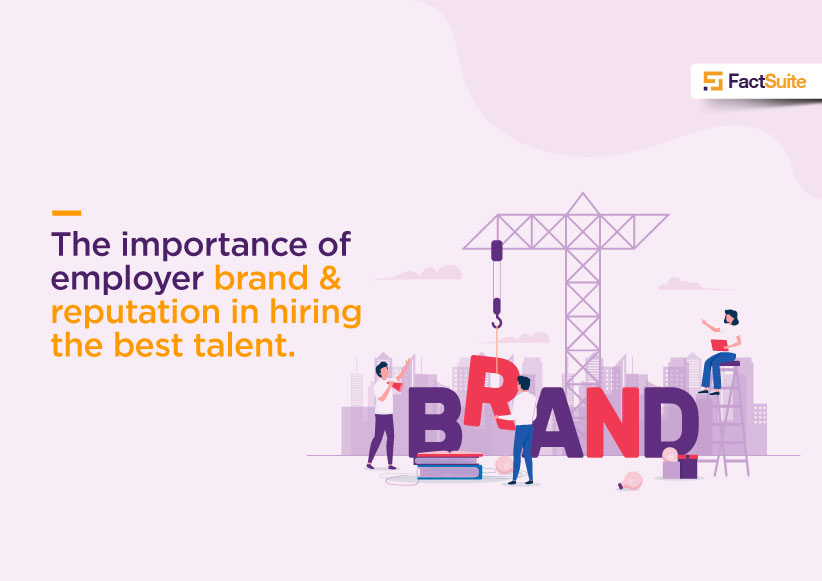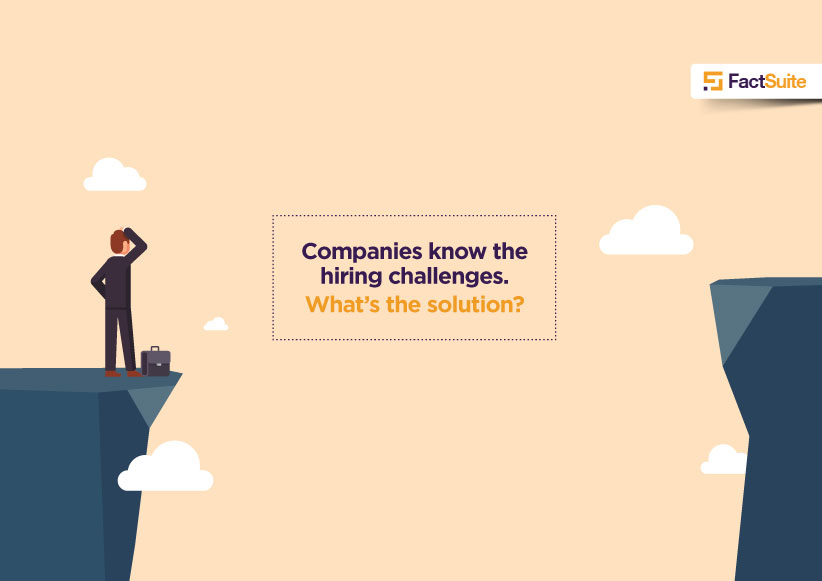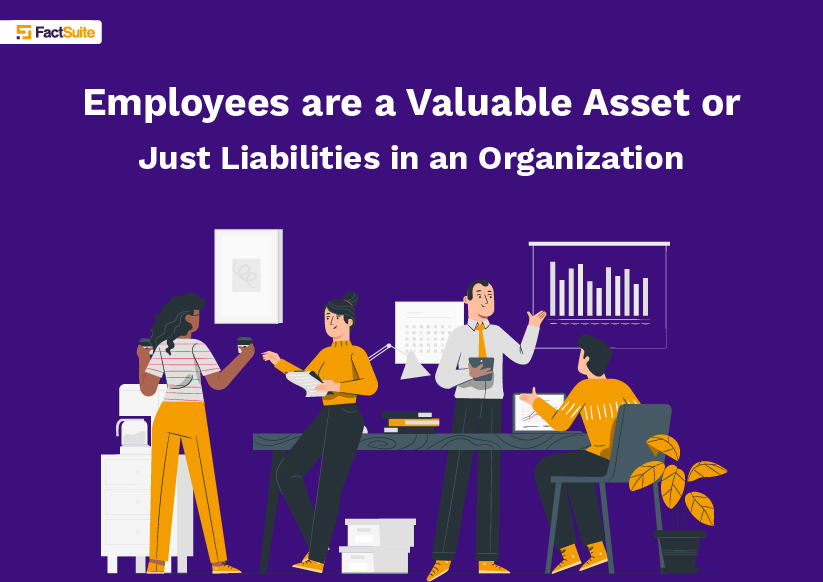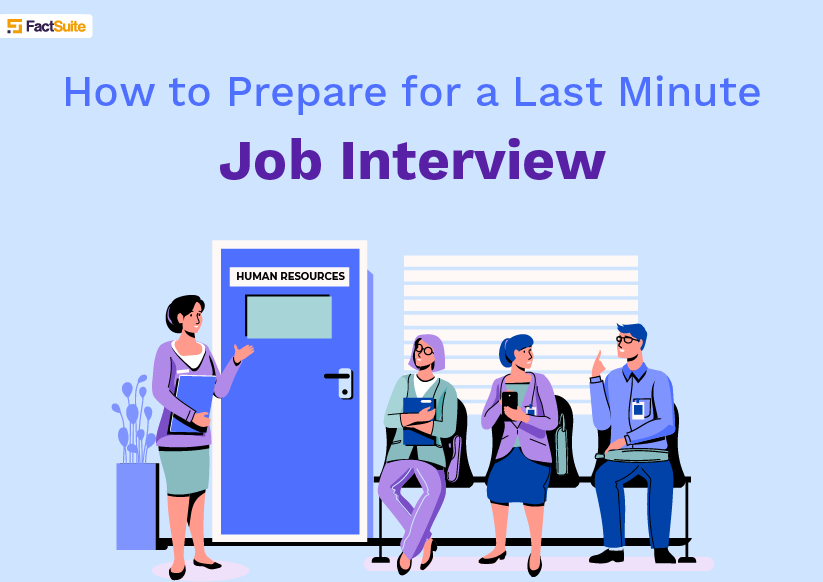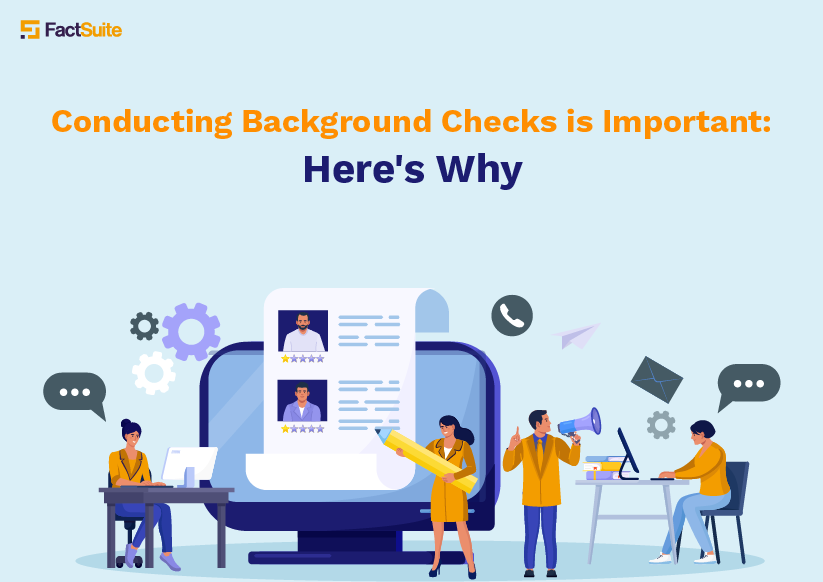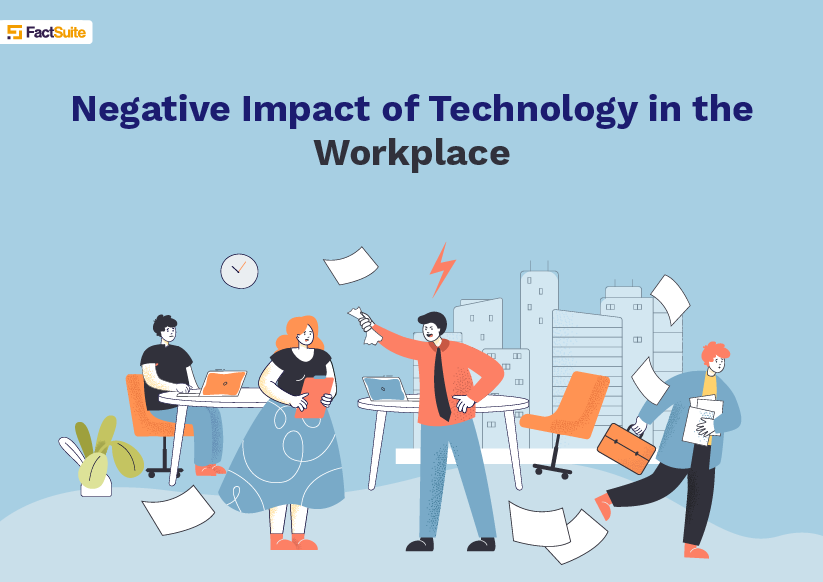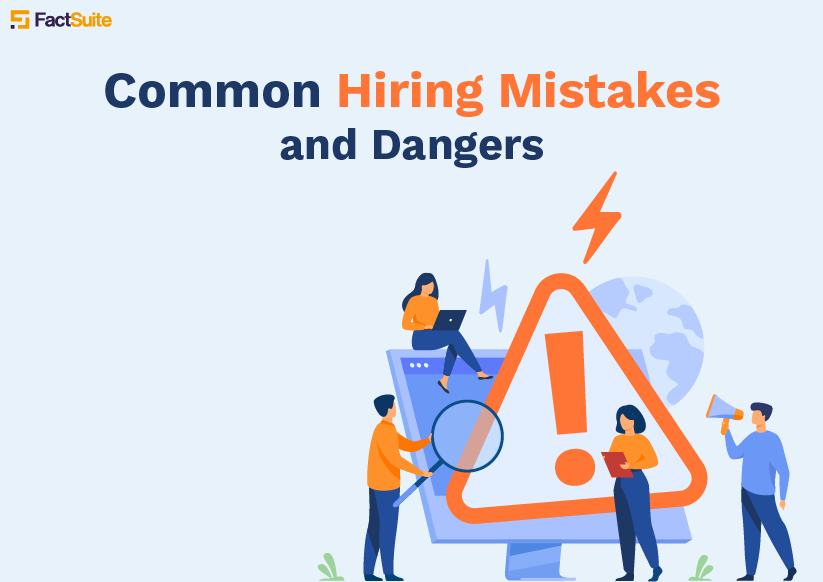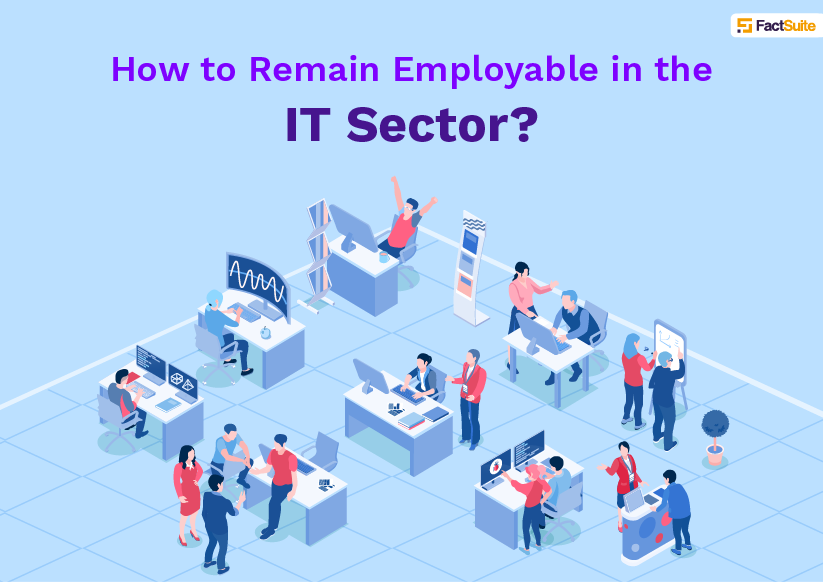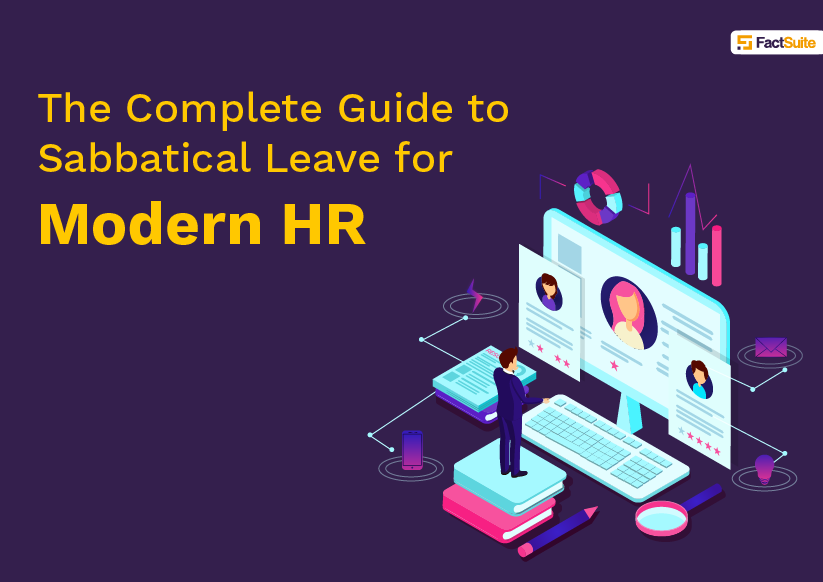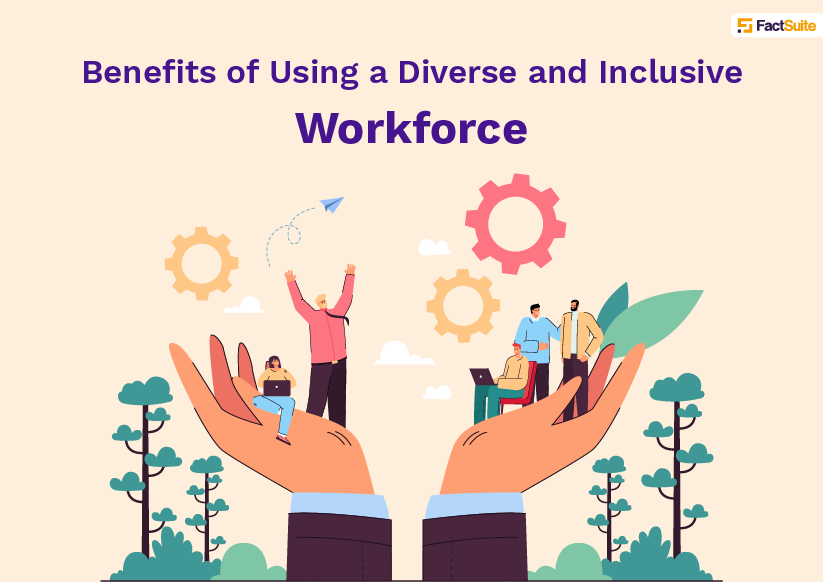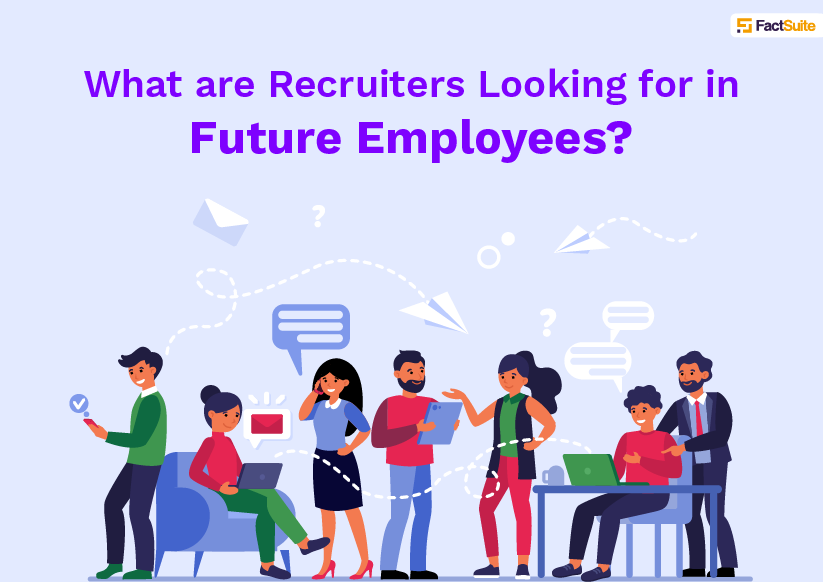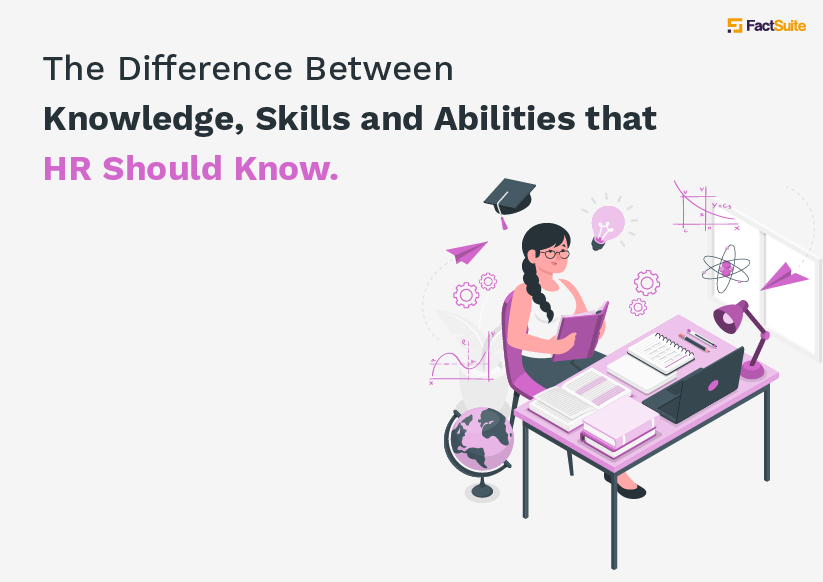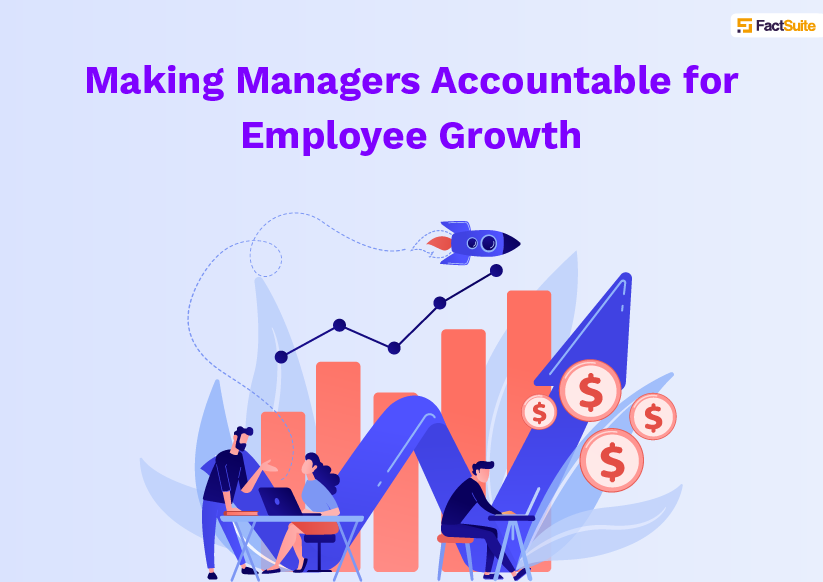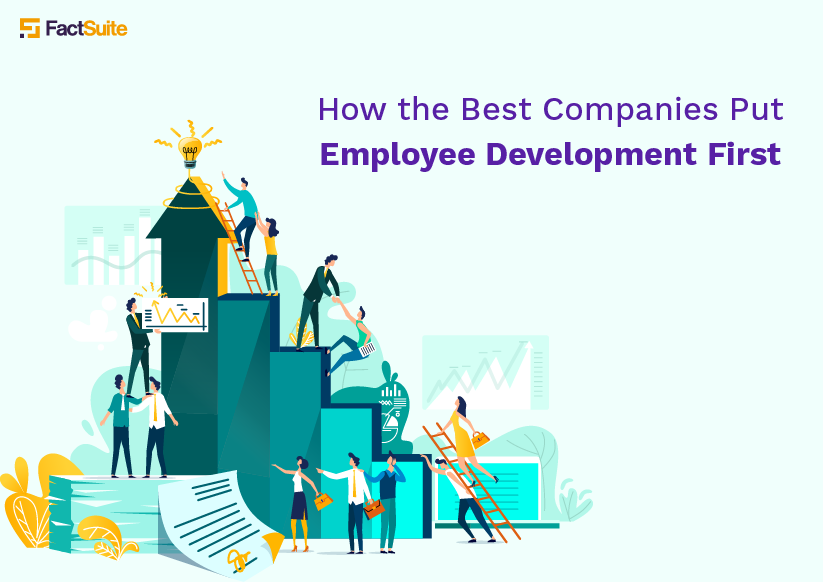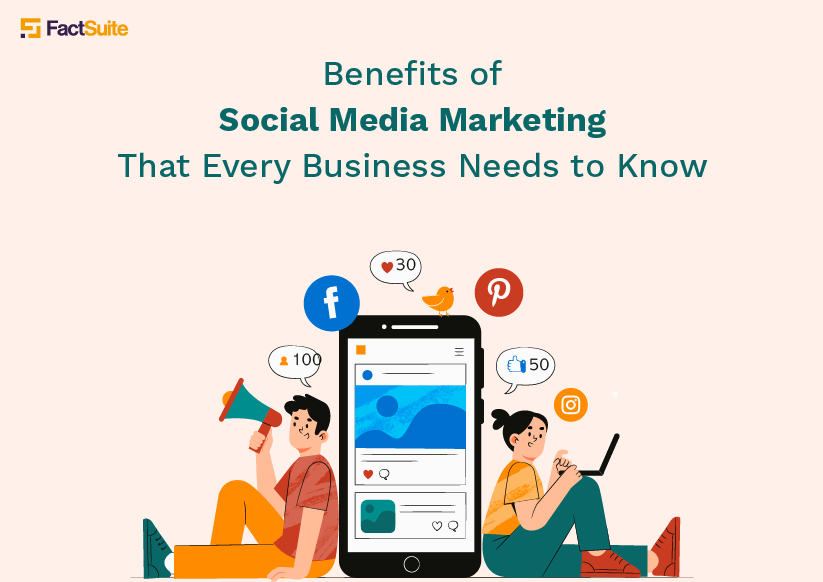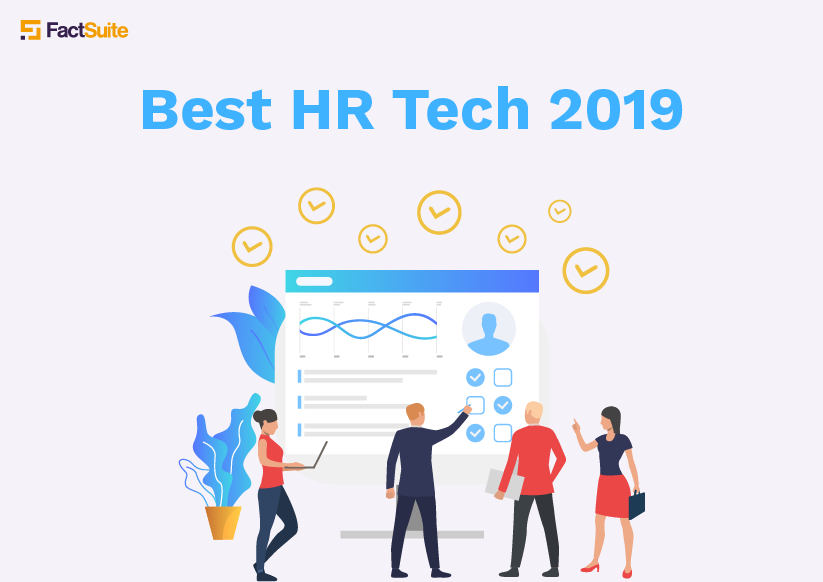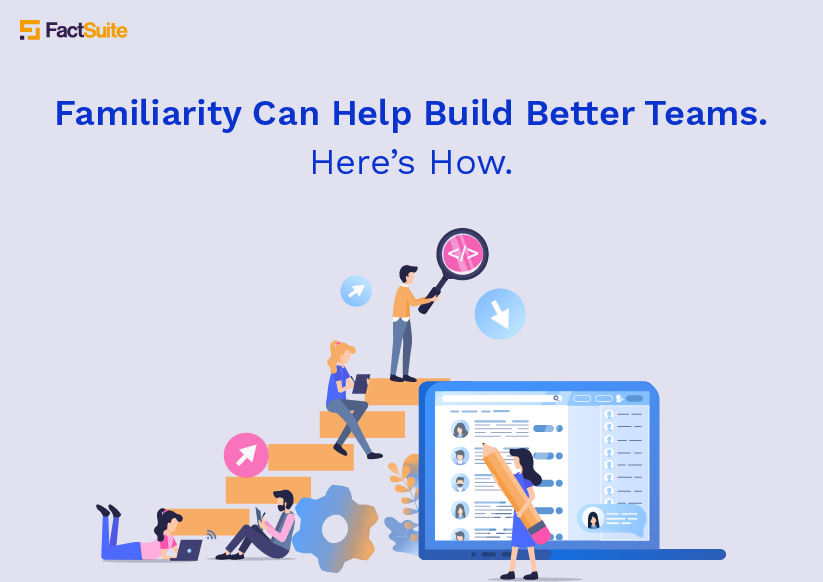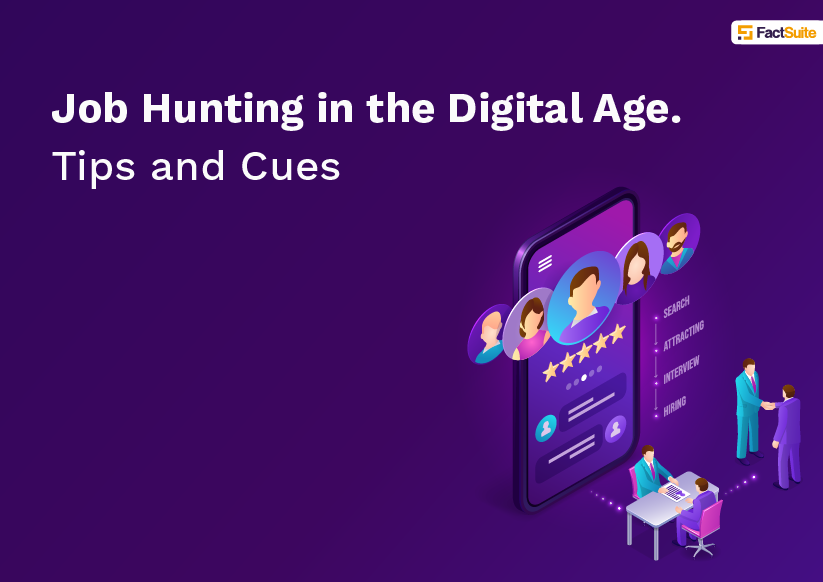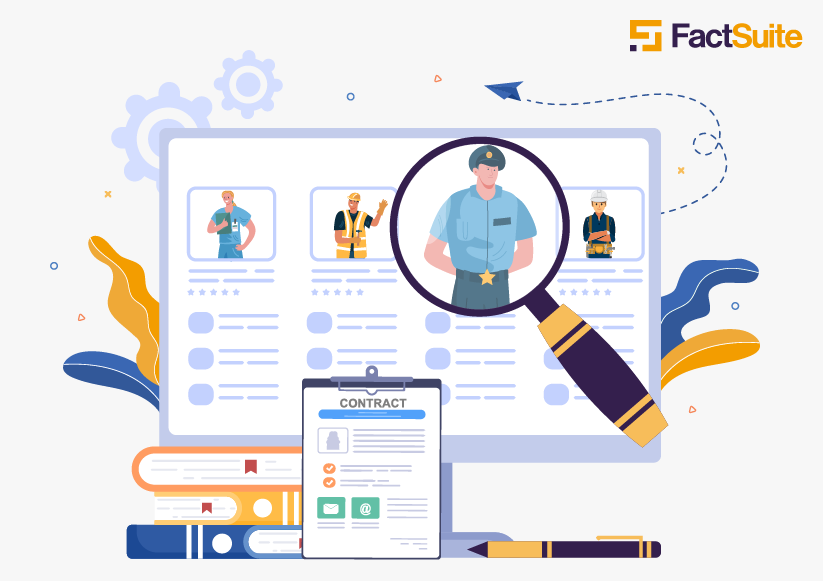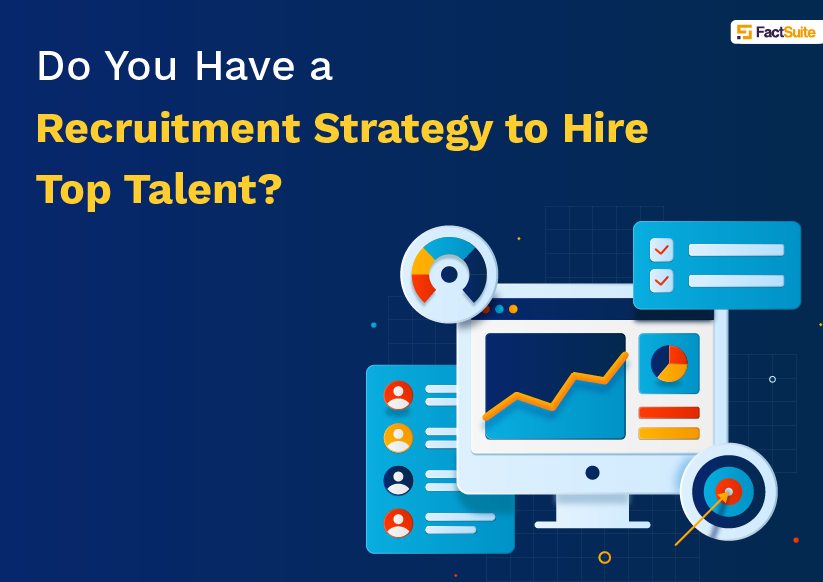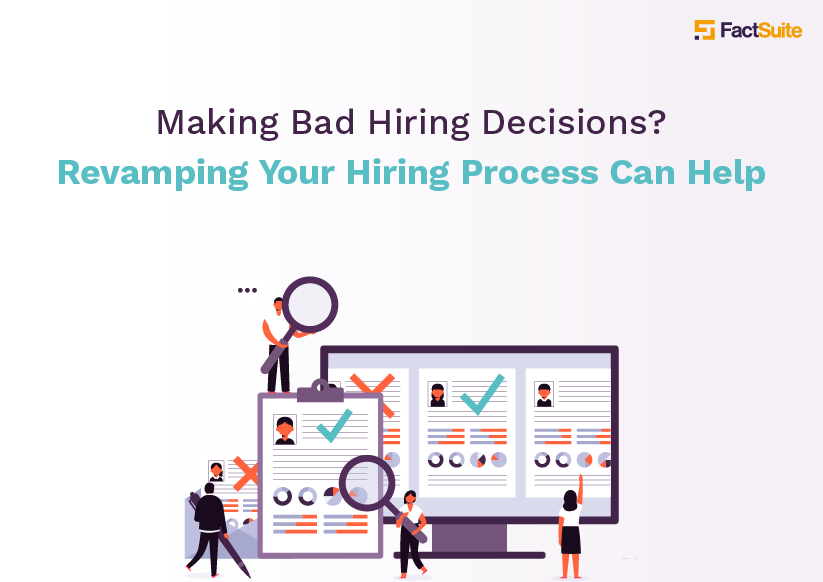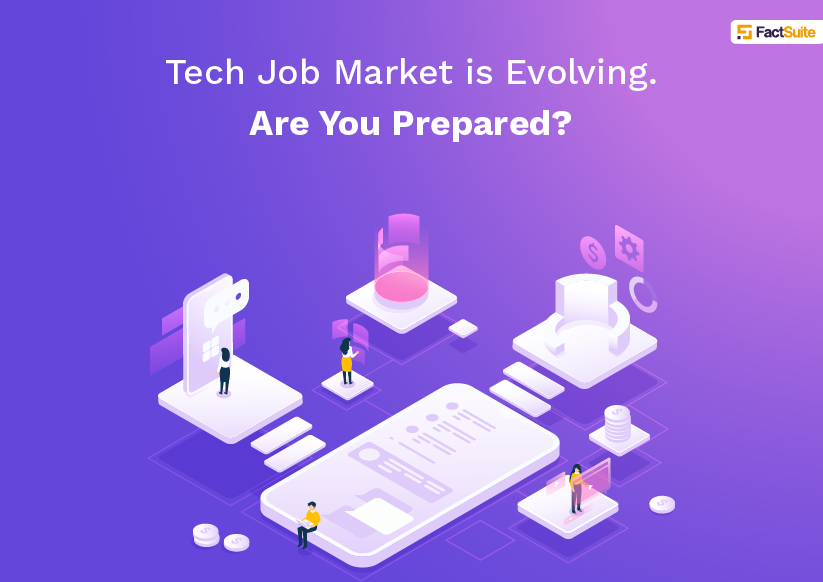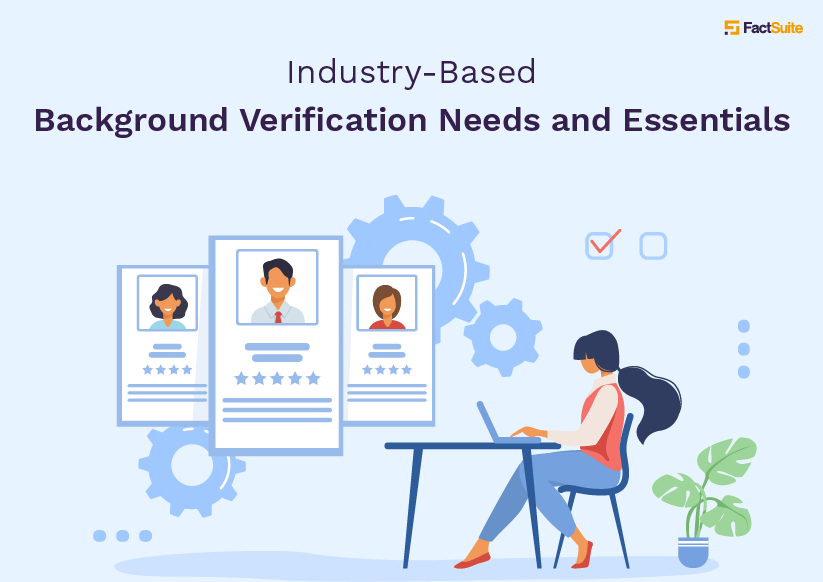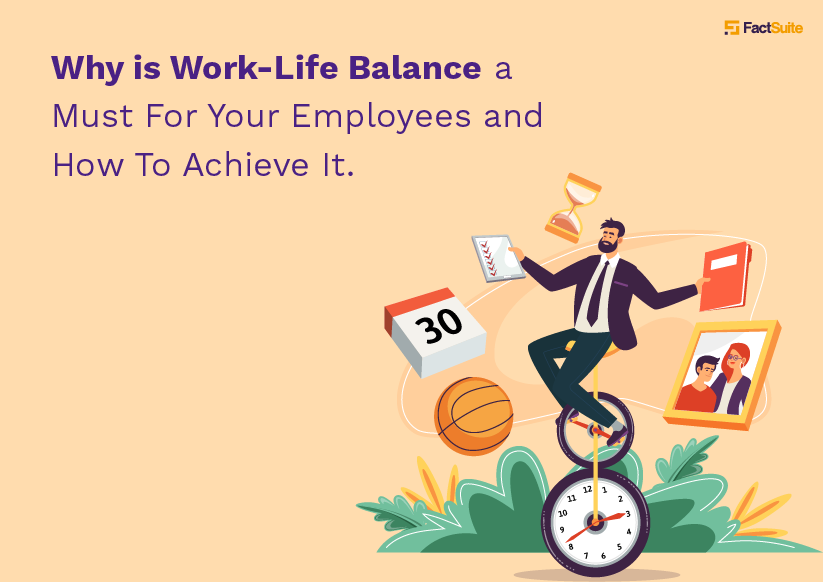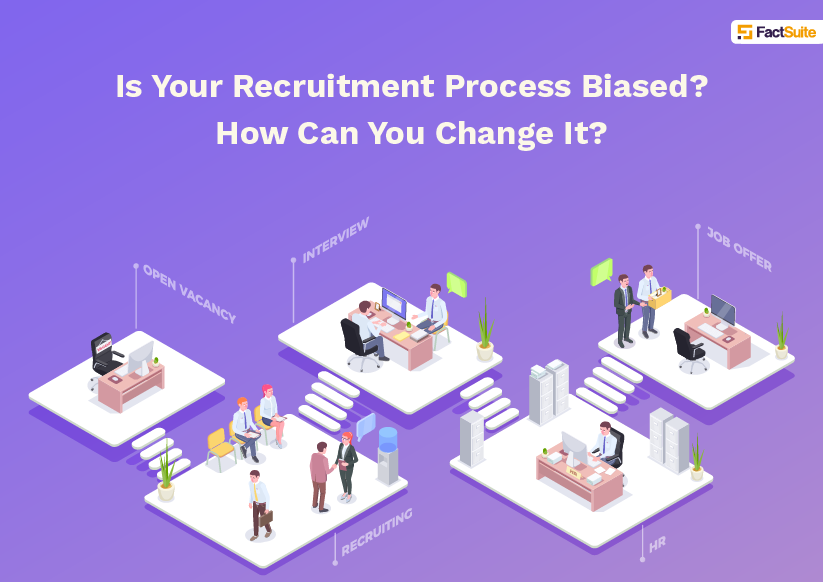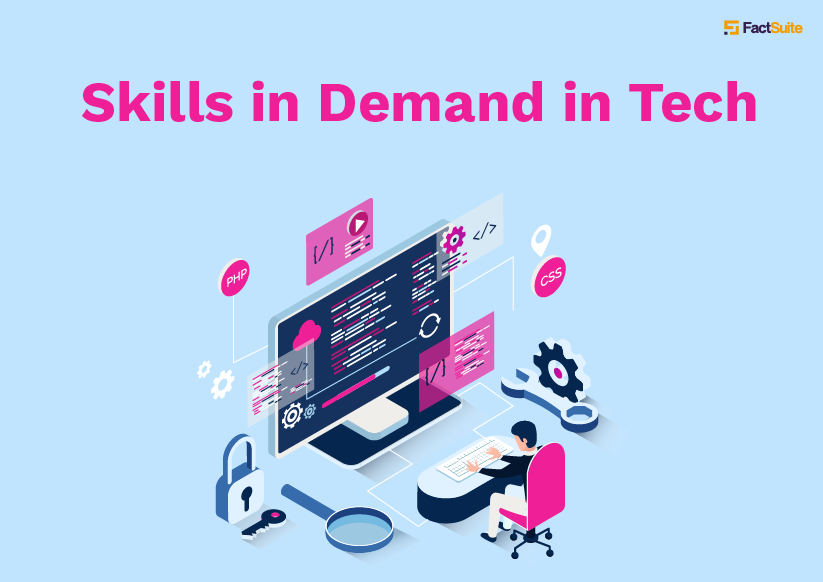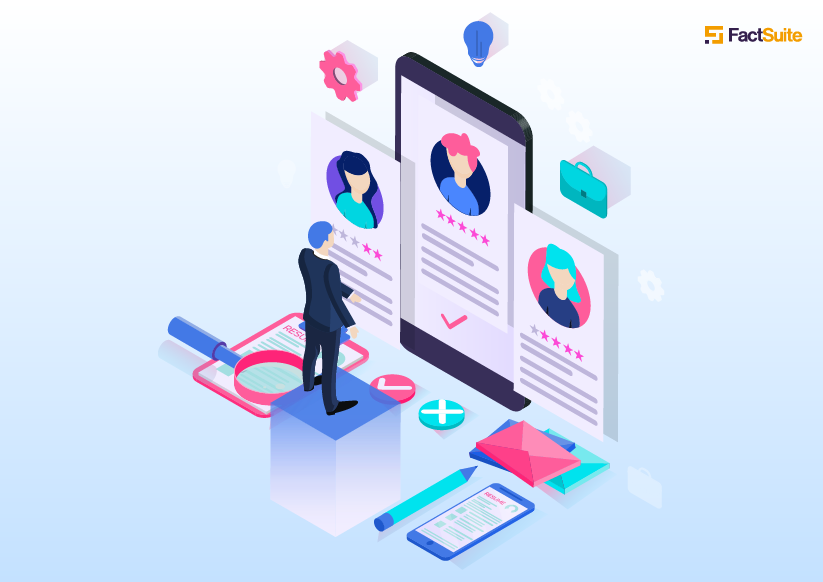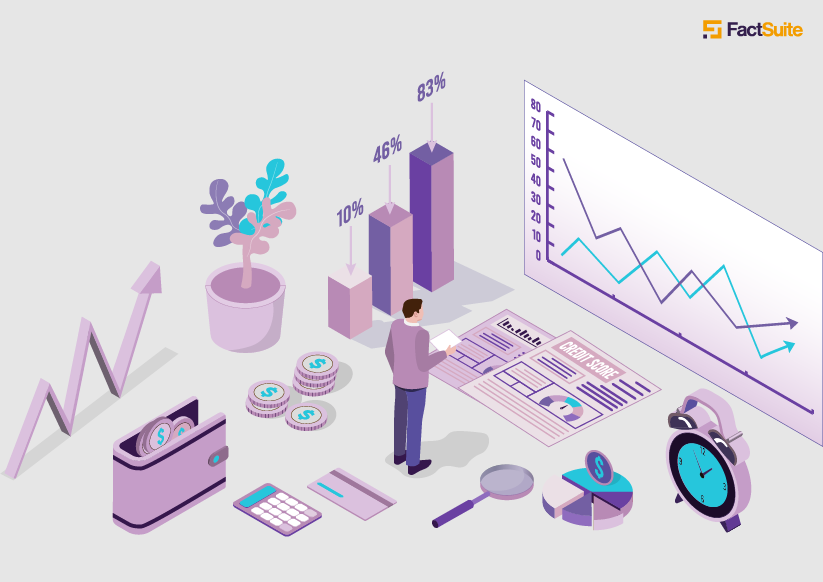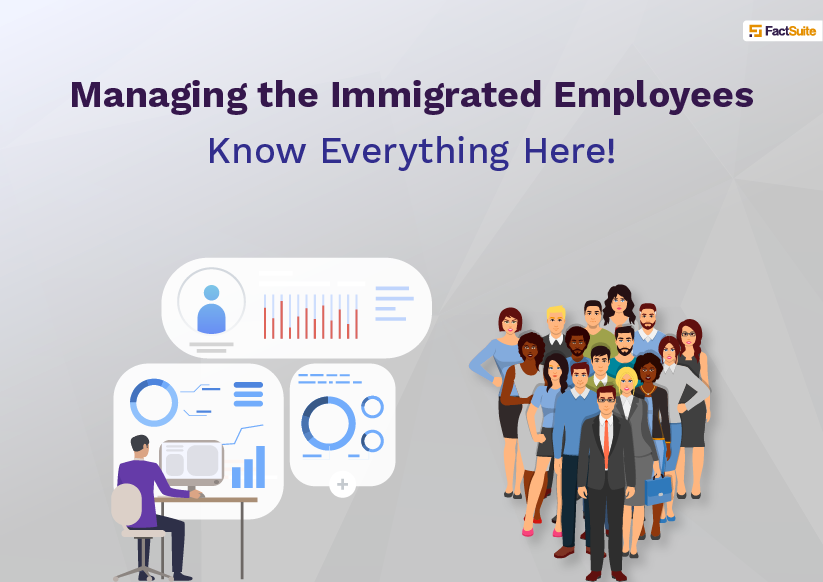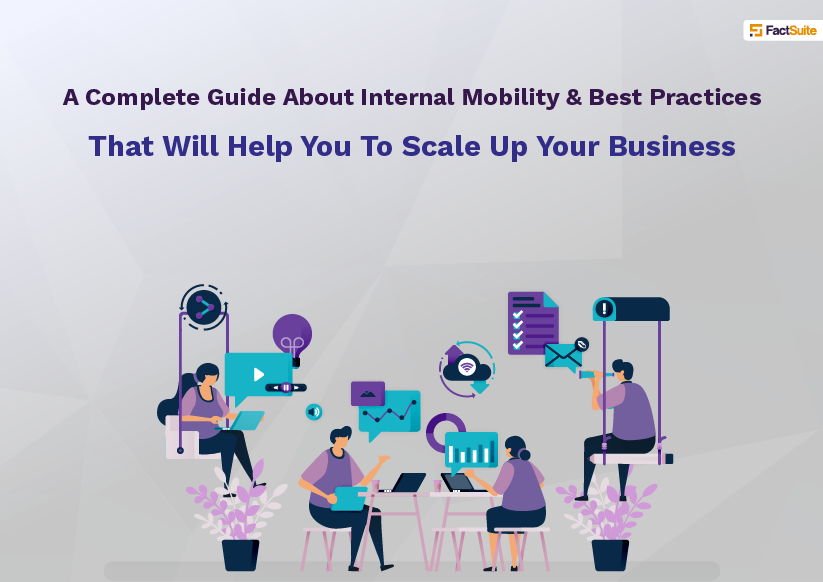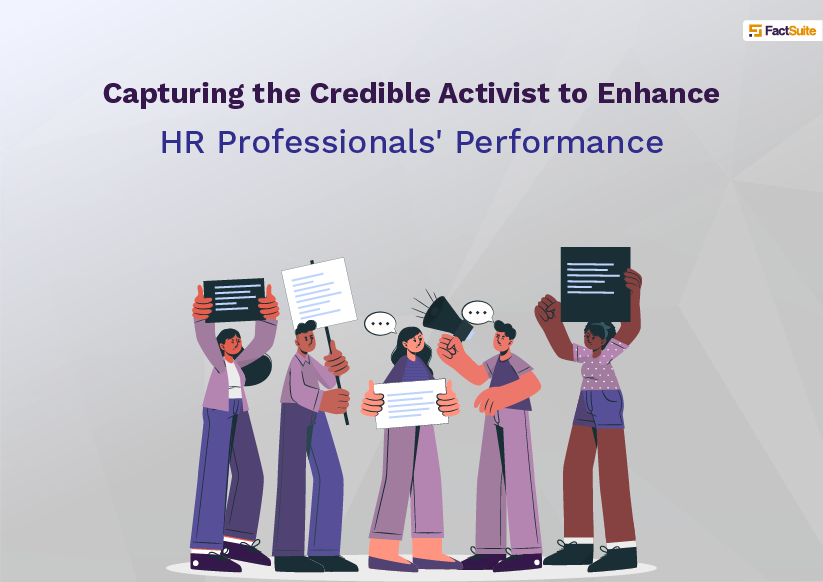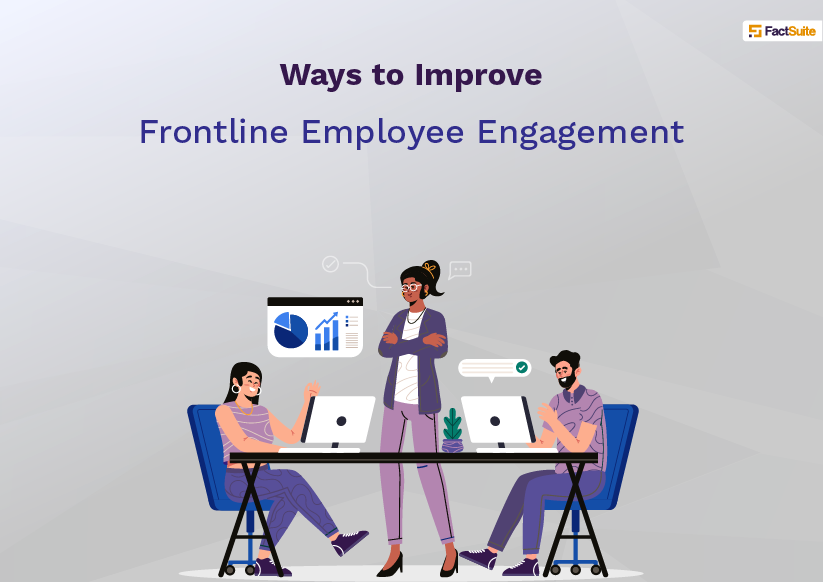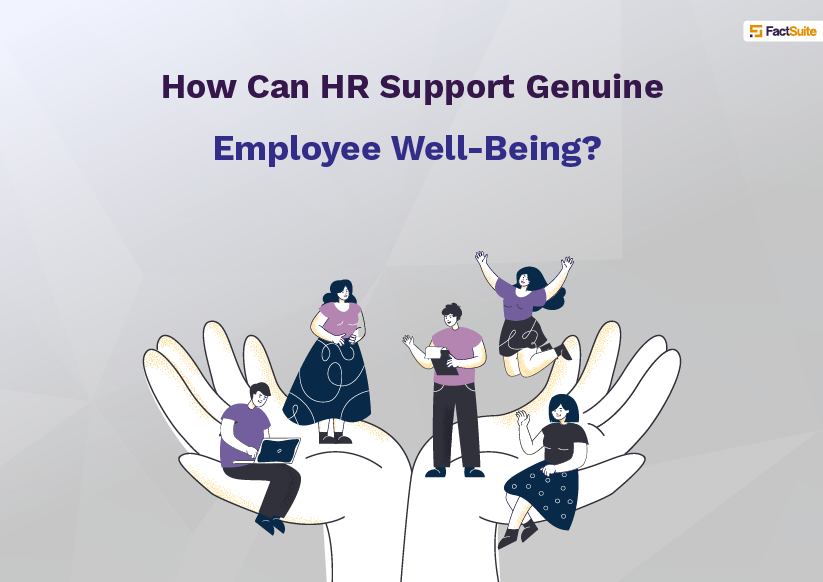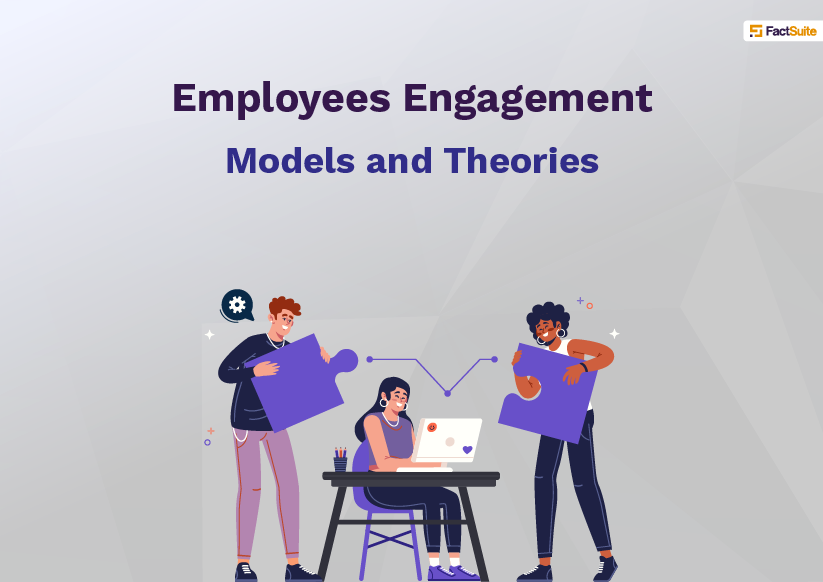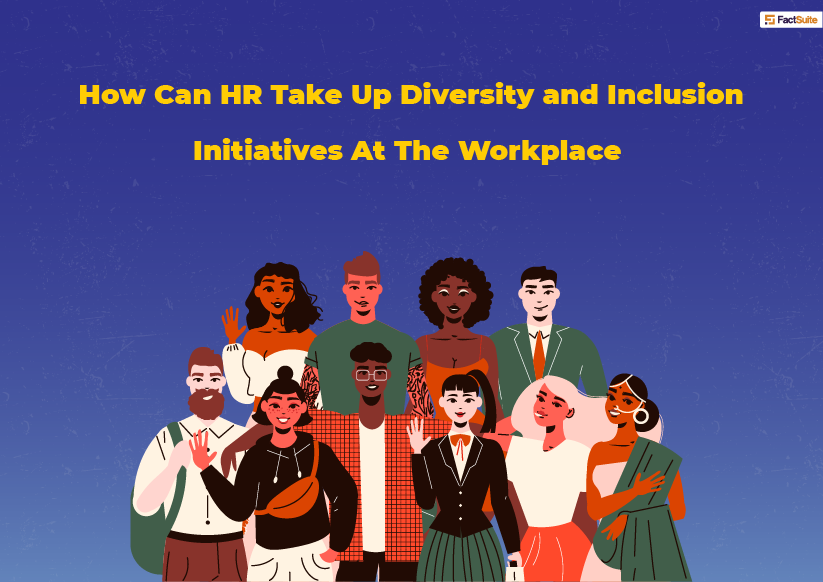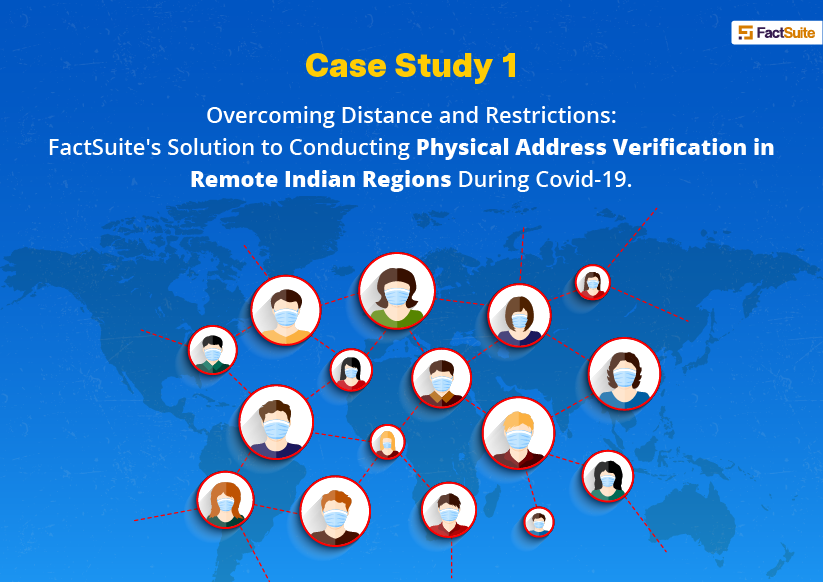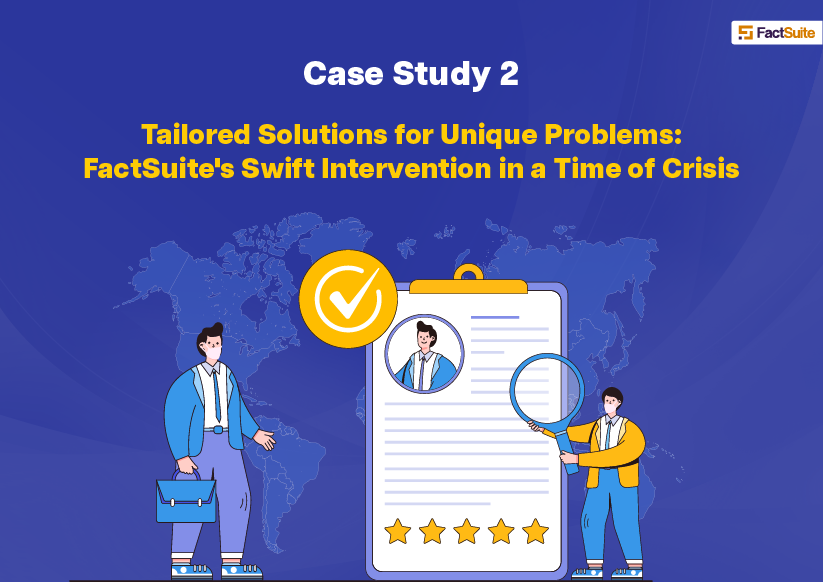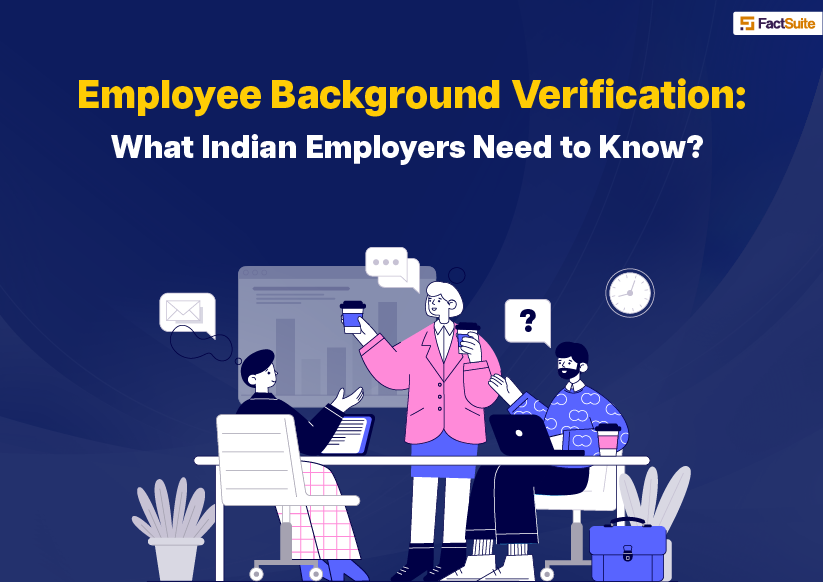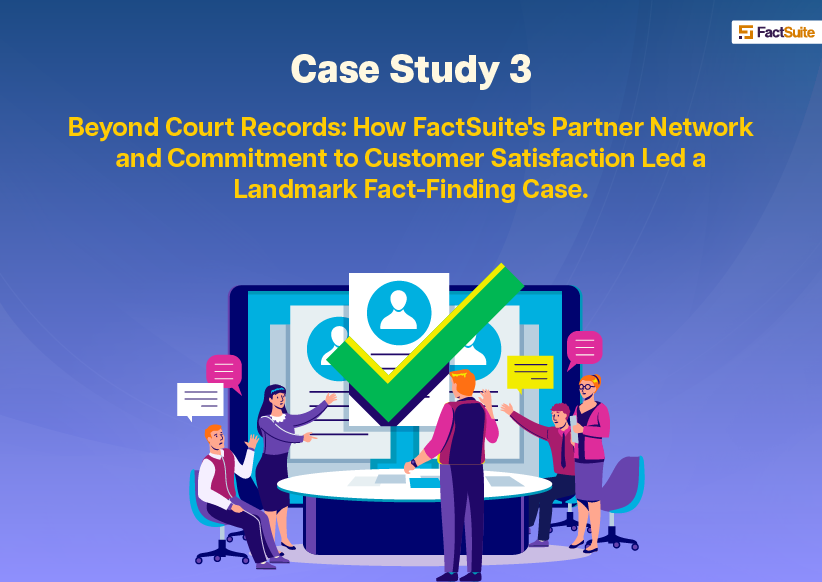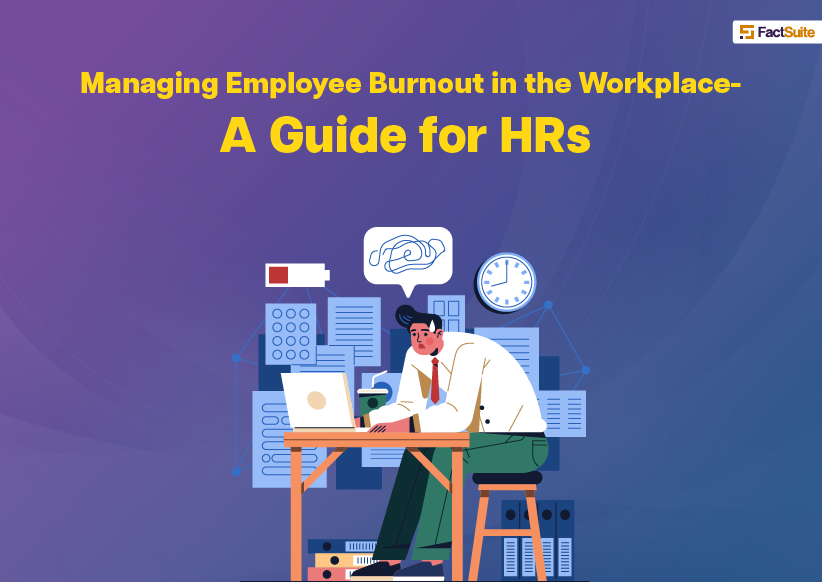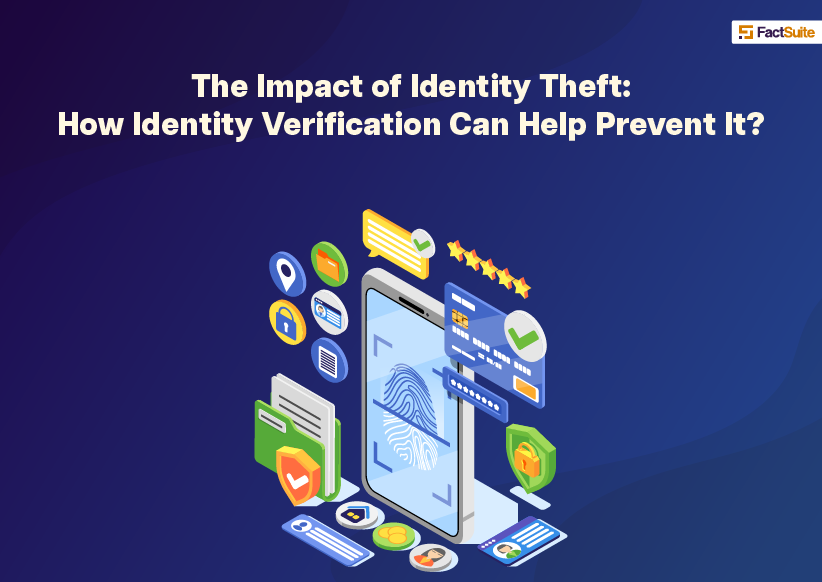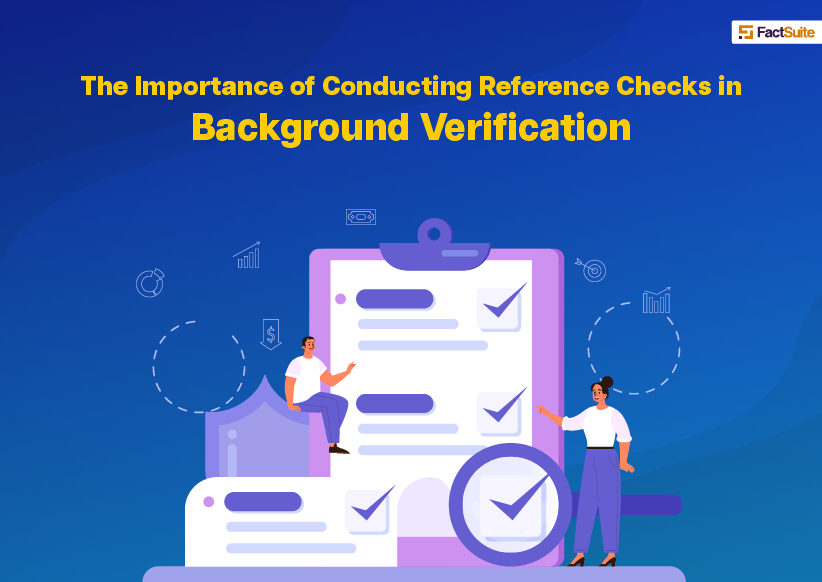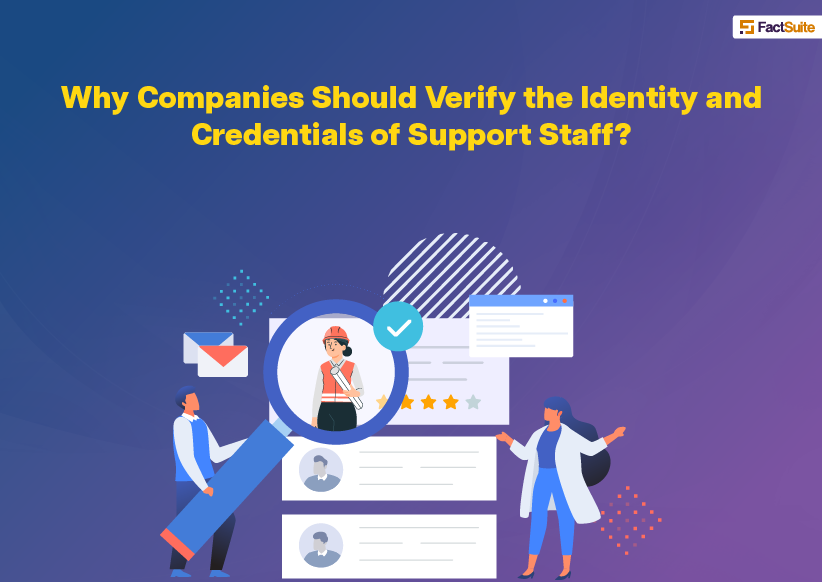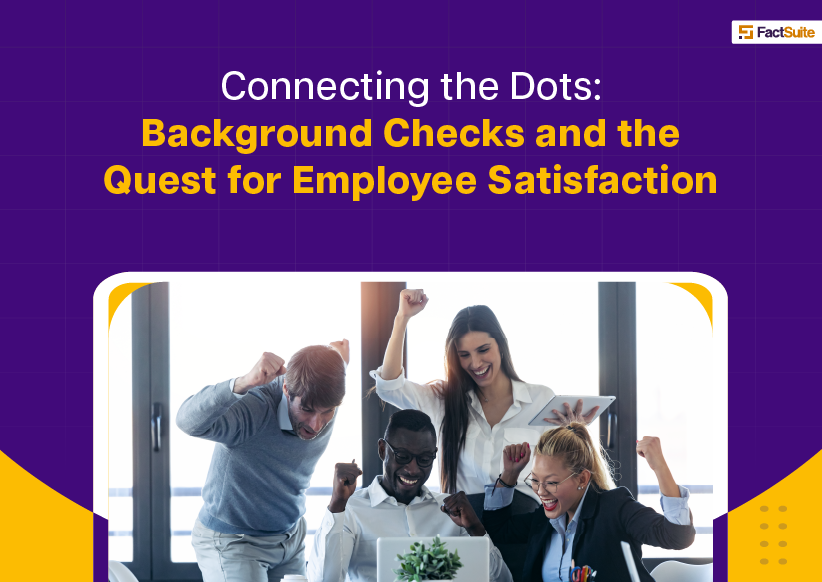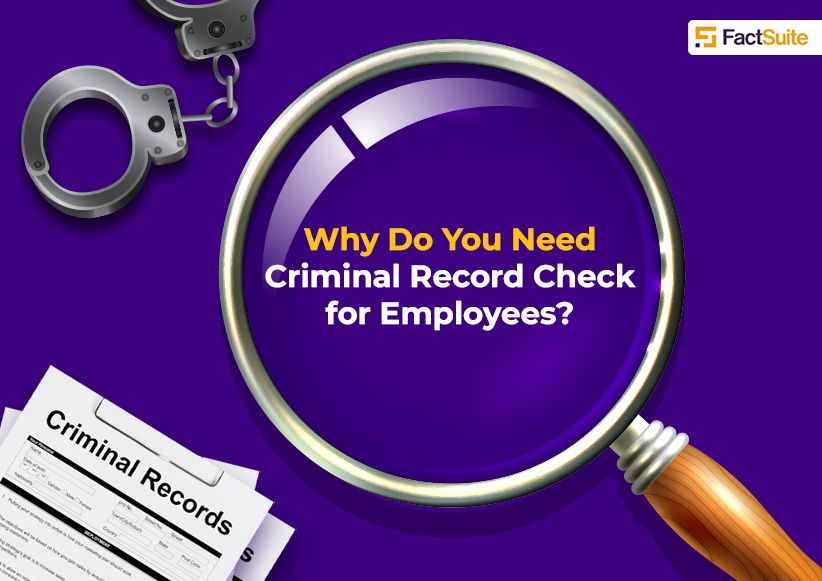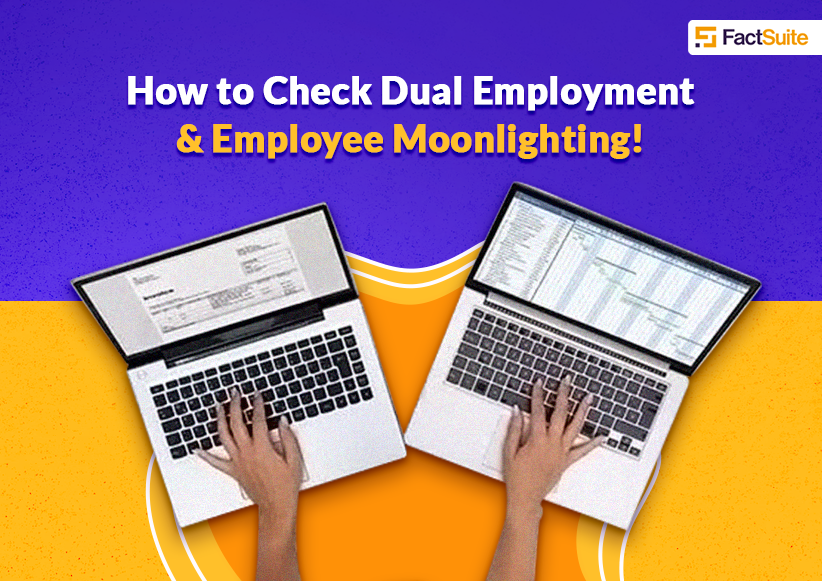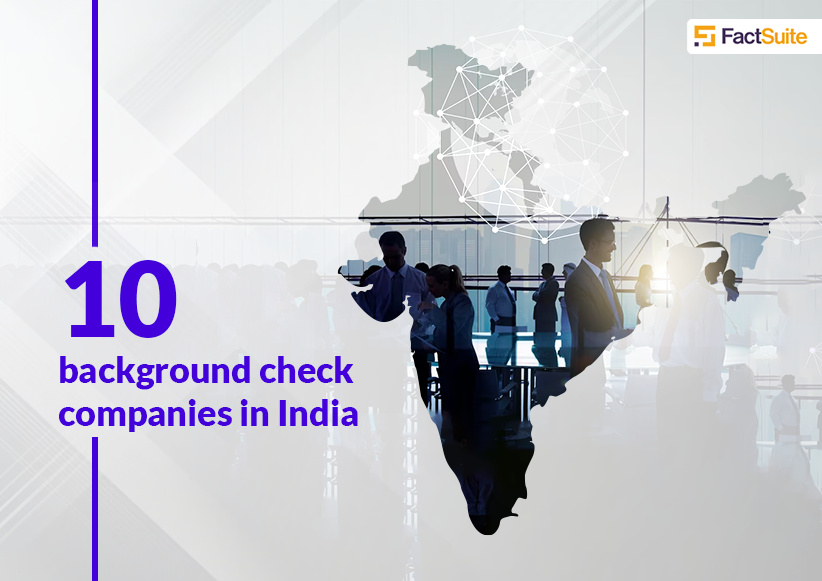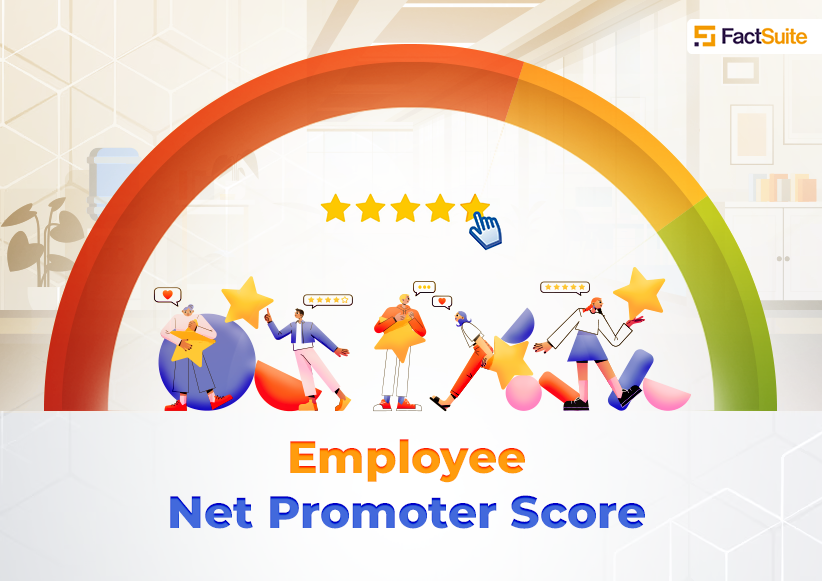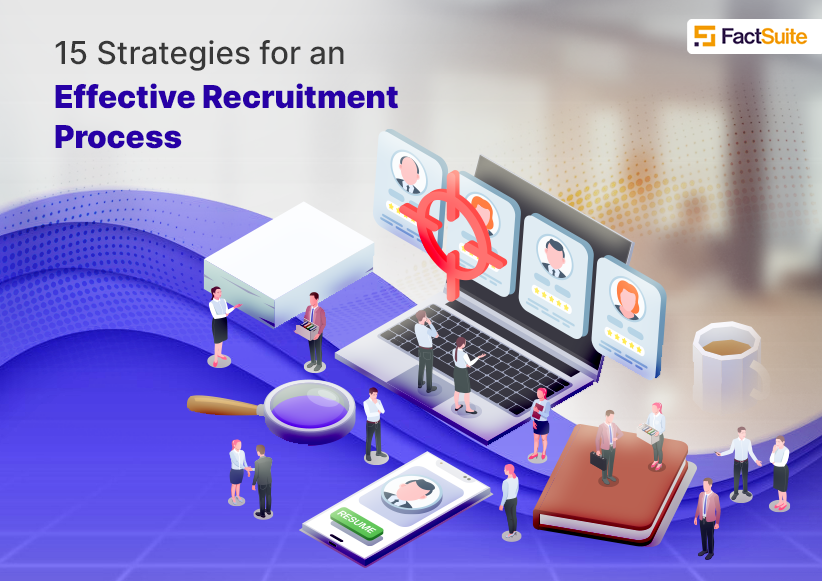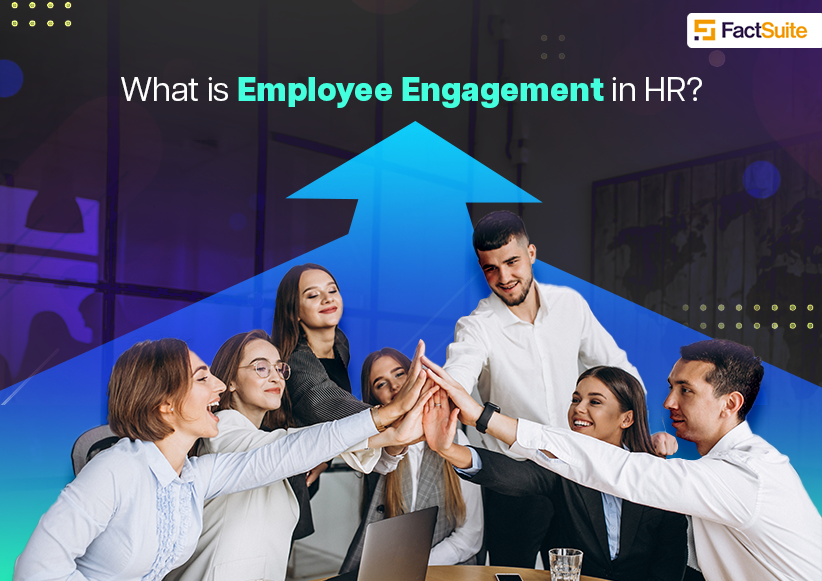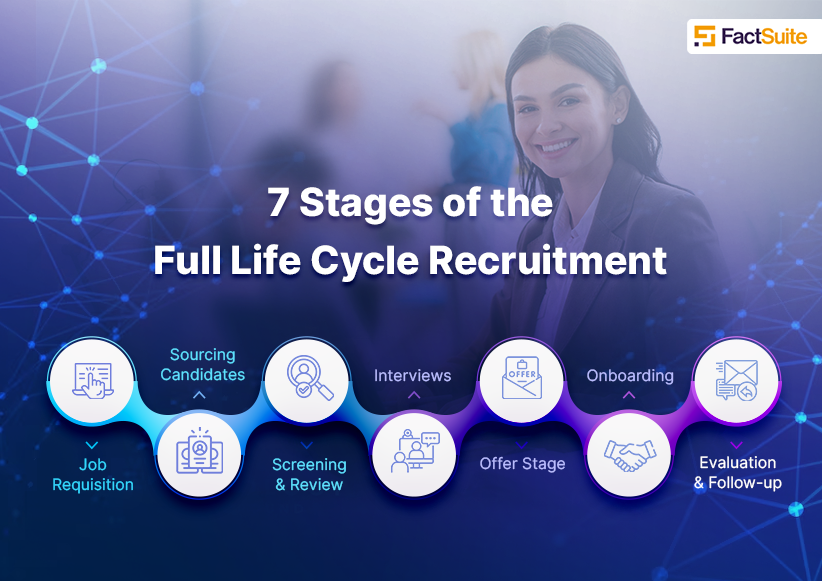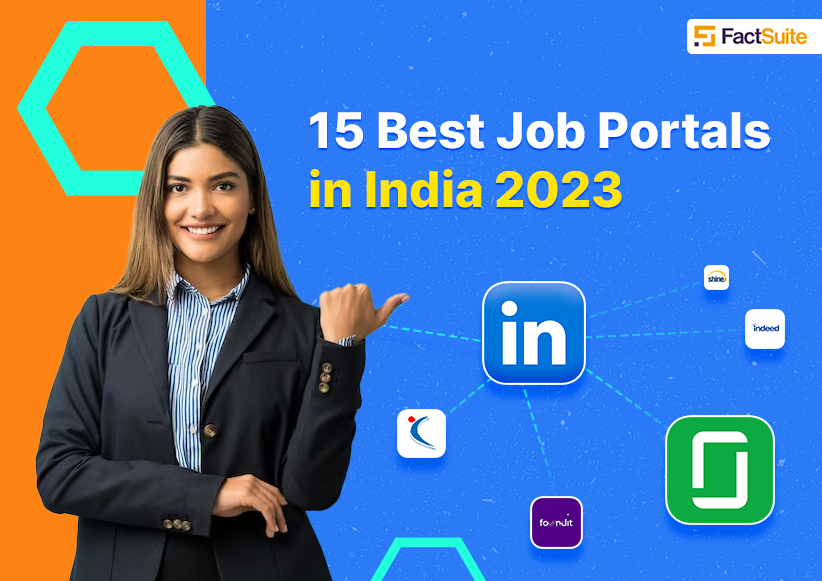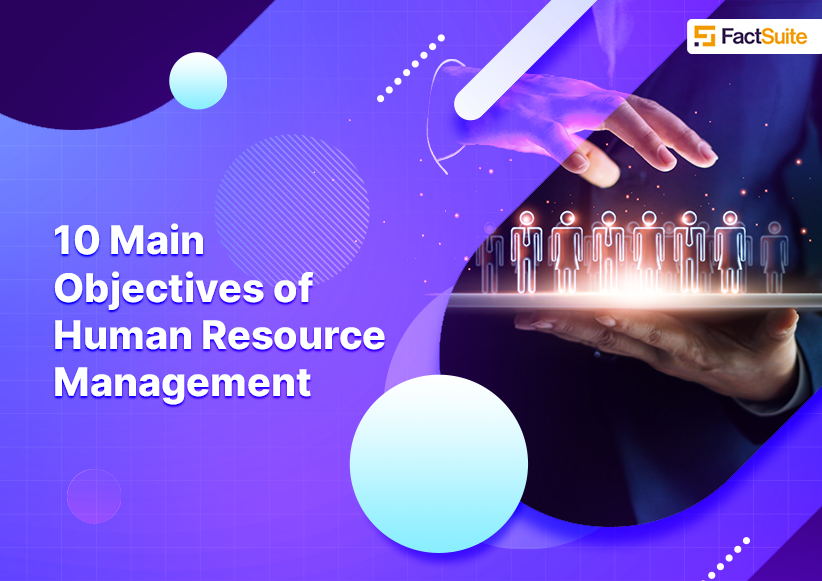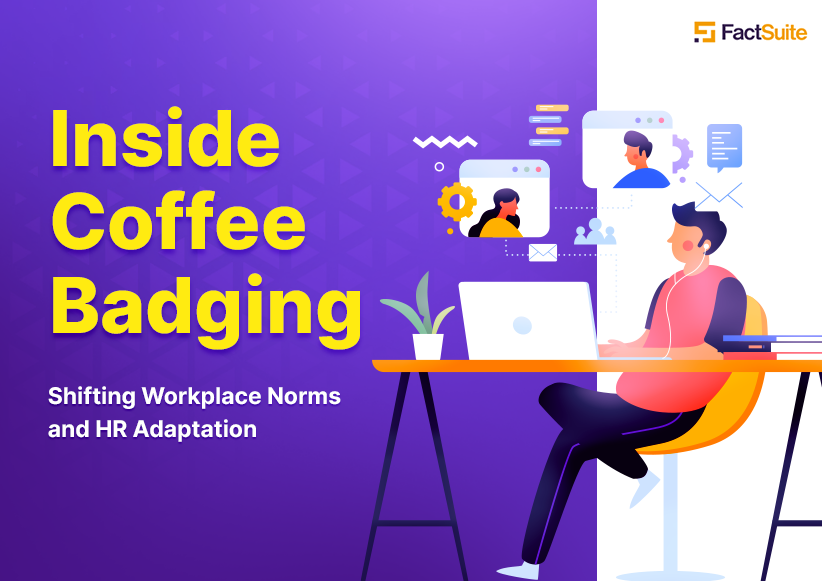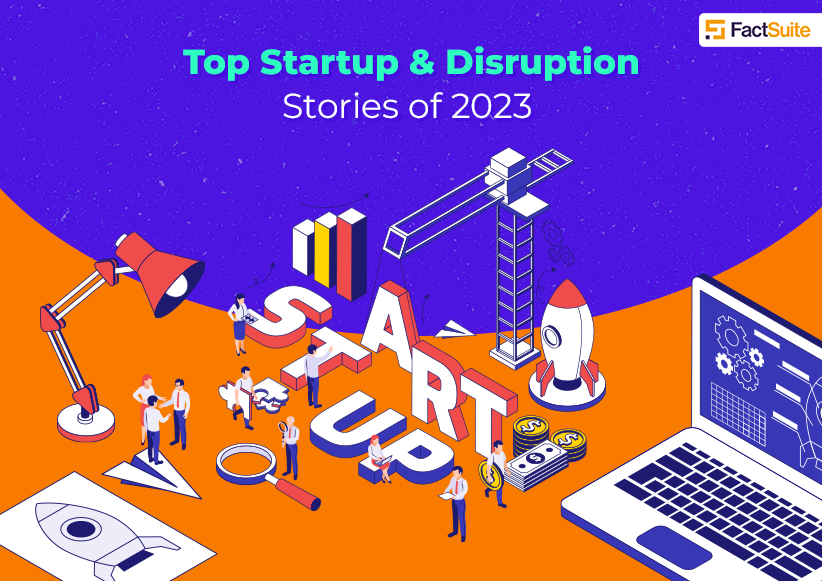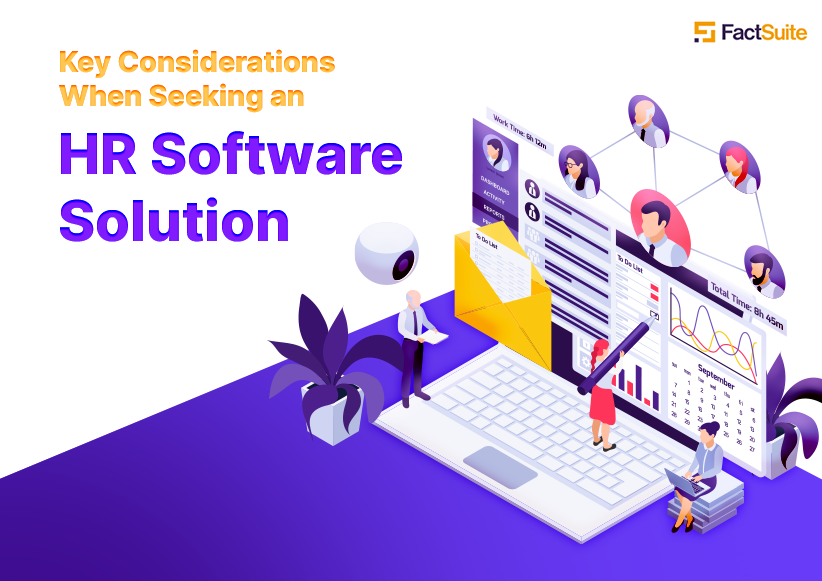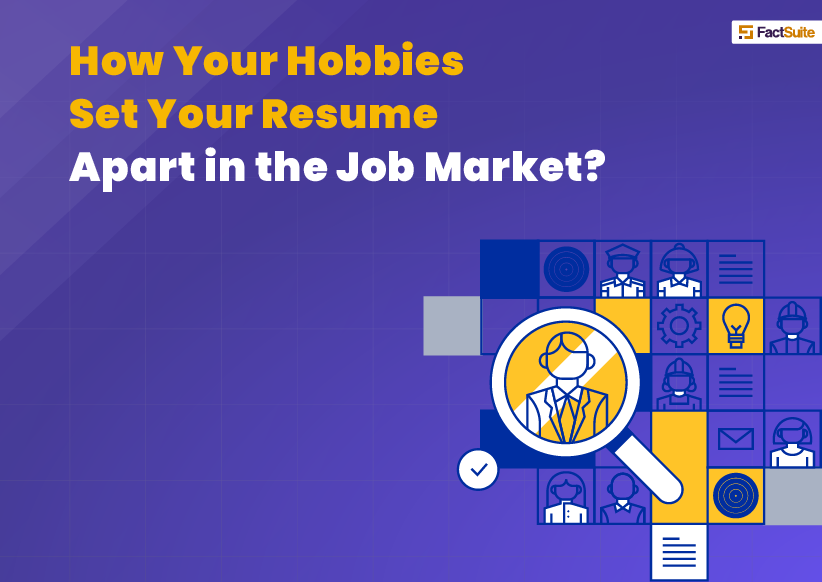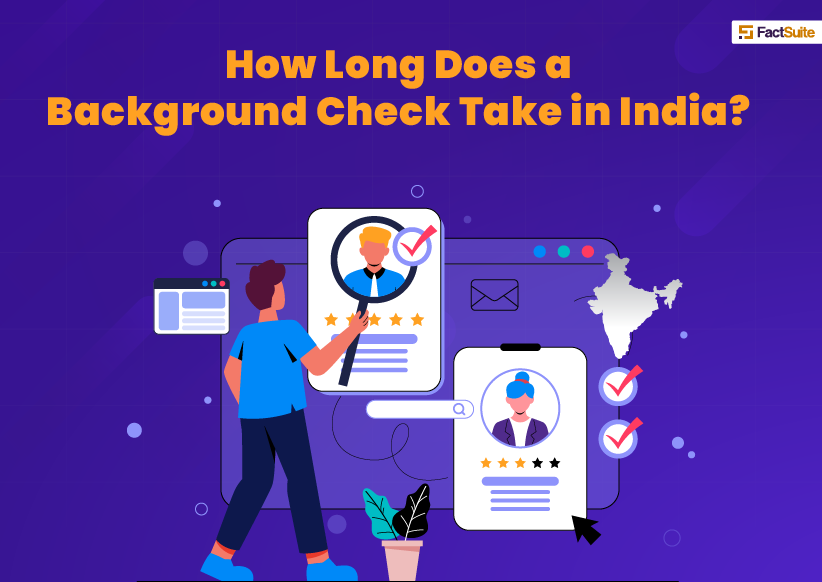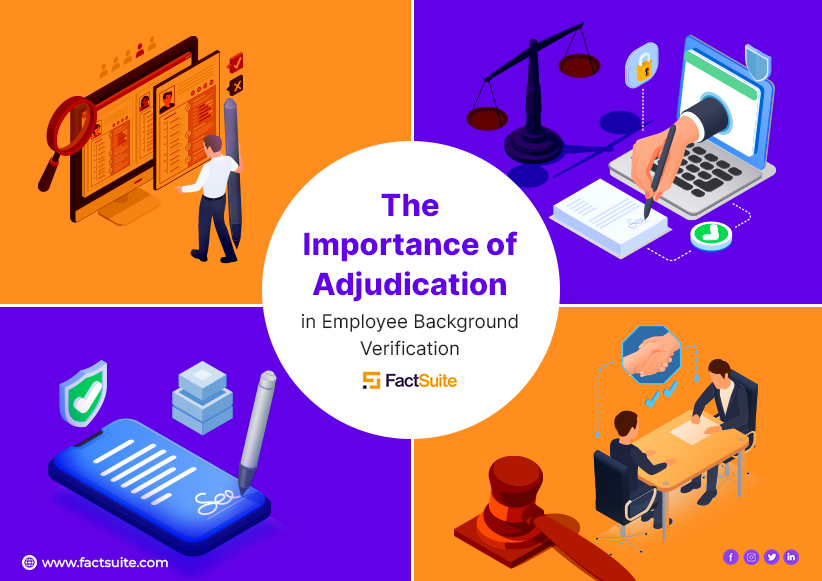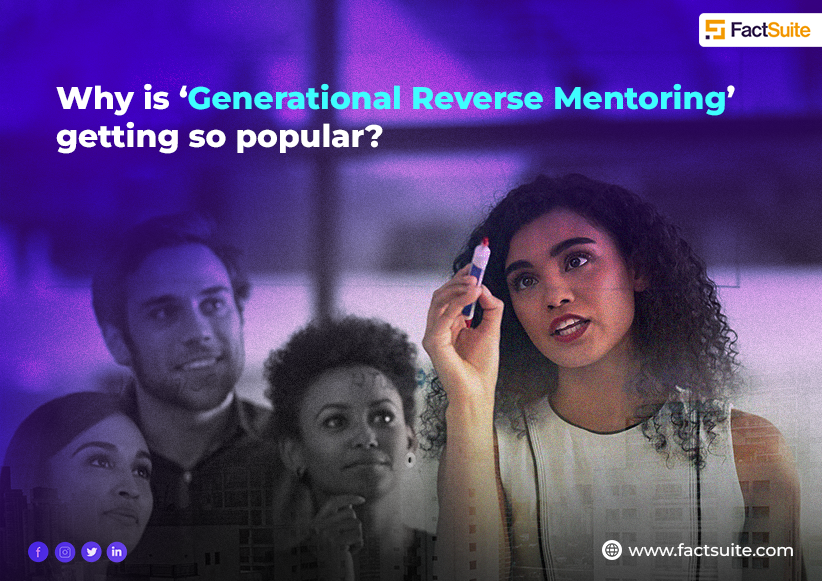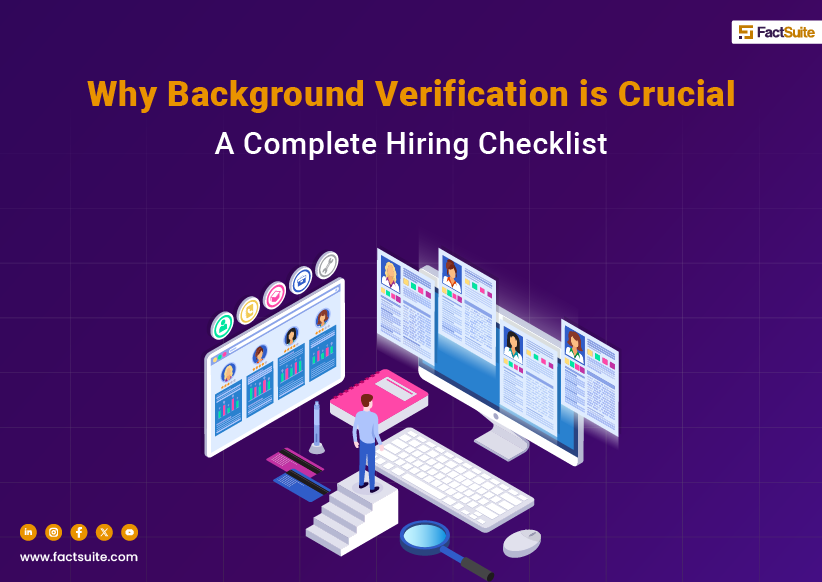The Impact of HR Technology on Organizational Success in 2023
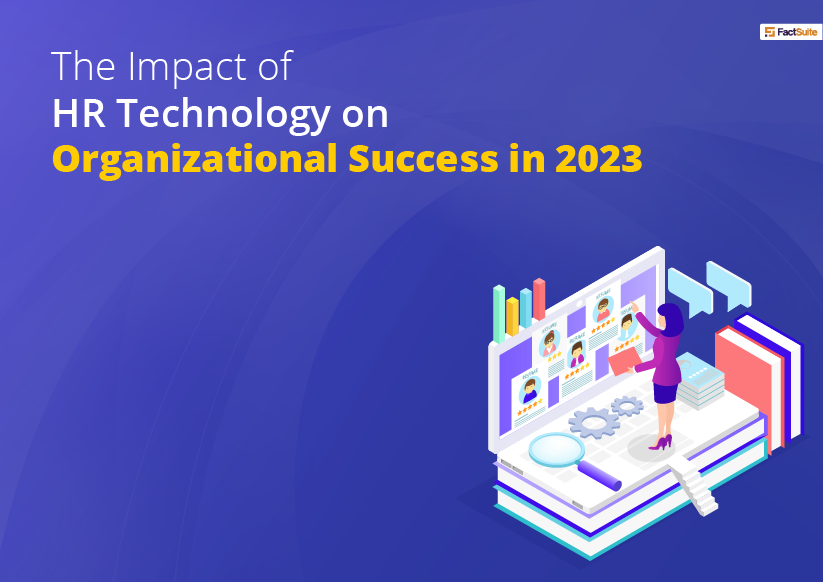
Human resources are the cornerstone of every business for a plethora of reasons. From improving the company's public perception to ensuring all employees perform at their peak, they have a lot on their plate.
As the HR world is full of challenges, many technologies are getting into the market to untie the knots. The HR tech market will reach US$ 53.3 Billion by 2028, globally. And in India, the market is about to reach US$ 1,510 Million by 2027.
"HR technology" refers to software and other technical aspects to manage and oversee HR-related tasks. But does that imply that HR technology is the only way in 2023?
What are the challenges of HR in 2023?
Before unearthing what HR technology offers, let's look at the potential stumbling blocks HRs can encounter.
Recruiting Top Talents for Your Company
We are in a strange era. " The Great resignation" and "Layoffs" are in the headlines. One of the biggest problems in human resources this year is filtering out the top talents.
Retaining Employees
The tide has changed in favor of the staff. More alternatives are available to them now. Retaining the existing employee is becoming a new recruitment strategy.
Embracing Diversity in the Workplace
A recent survey showed 39% of candidates would leave their current company for a more inclusive one. But building and managing a diverse workplace is challenging because of unconscious bias.
Adapting to Unpredictable Circumstances
Things in the workforce have changed since 2020. Still, many employees need help with digitalization.
The Safety and Health Issues
Companies have learned that compensation alone is insufficient as a result of the pandemic's dramatic shifts. They needed to give workers customized perks to support them in overcoming obstacles.
Employee Engagement
Employee engagement is an ongoing worry for HR professionals. "Quiet quitting" became a buzzword. According to Gallop's report, only 15% of employees actively engage at work, and 85% do what they are told to do.
Employee Onboarding
It might take a lot of time and effort to find the best person to fill an open job in a business. If a new employee quits within the first few months, HR has to repeat this tedious process.
Types of HR technologies
There are mainly three types of HR technology- HRIS, HRM, and HCM.
HRIS ( Human Resource Information System)
An HRIS database stores comprehensive information on an organization's employees. It entails personnel tracking and hiring, counting staff hours, and analyzing processes.
HCM (Human Capital Management)
HCM refers to the management of staff. Payroll records, timesheets, and productivity figures are just some of the features and capabilities included to make it easier to manage and keep tabs on everything about employees.
HRMS (Human Resource Management System)
HRMS includes both HRIS and HCM functions. In addition to the capabilities of an HRIS and HCM, an HRMS provides access to a payroll system and several tools for improved labor management.
How can you solve the problems with HR tech?
Understanding the nature of the issues is only at the outset. The solution may look far-fetched.
What can HR technology do?
Talent Attraction
HR tools and software help win the talent fight. HR can better detect and attract top candidates using applicant tracking software (ATS). It facilitates and improves the applicant and company recruitment process. As a result, candidate interest is piqued, and the talent pool grows.
Training Program and Onboarding
HR technology streamlines the onboarding and training of new employees. An efficient onboarding procedure may boost employee retention by 82%. With proper e-training, they gain a deeper understanding of the company's culture, policies, and procedures.
Digital onboarding minimizes the need for paperwork, increasing HR departments' efficiency. E-learning courses, games, and quizzes are also utilized by HR technology to maintain employee engagement.
Improve Workforce Analysis
HR software makes workforce analysis more effortless than ever by providing measurements like employee retention, sick leaves, and performance objectives. It's easy to sort data by department, demography, and start date. HR specialists may notice trends and evaluate new regulations. Data can even measure a new manager's influence. It shows what's working and not, enabling ongoing development.
Benchmarking helps HR find areas for growth and compare HR processes to the best in class. HR managers can uncover policy gaps and practice effectiveness by analyzing HR processes.
Improve Teamwork
With tech, HRs can communicate with different departments more efficiently than ever. HR can make policy or investment adjustments with meaningful data. Technology also helps to improve project collaboration between HR and business executives. There are some Social collaboration tools. They automate feedback, organize resources, and promote knowledge sharing for HR teams.
Fast yet Efficient Screening
There is a vast variety of methods for finding and hiring new employees, all made possible by AI-driven recruitment tools and processes enabled by Machine Learning. HR tools provide tailored solutions. Connecting them to your social media accounts is possible.
Software exists to define jobs and portray them in a more engaging way than the traditional drab job description. These tools empower HR professionals to make objective and efficient decisions throughout the screening process.
AI and other cutting-edge technologies allow human resources departments to conduct more thorough screenings. Questions can be recorded in bulk and sent to potential hires if in-person interviews are favored. Video screening allows AI to analyze a candidate's demeanor, body language, confidence, and communication abilities. It speeds up the process of making better data-driven recruiting decisions.
Data-driven Hiring Decision
Undoubtedly, candidate screening with ATS and different AI tools is more accessible than the traditional pen-and-paper method. Still, the question is, does it ensure those candidates will be perfect? Technology here again simplifies the process. Unconscious bias won't make a peep throughout this procedure when it doesn't require human involvement.
Save Time, Energy, and Money
As of the Society of Human Resource Management (SHRM), hiring a new employee takes around 42 days, and the average cost is $4,200. Now, you can imagine the money flow if you have to onboard even five employees a year. But HR tech helps you to hire faster, so indirectly, it allows companies to save more.
Again, an HR has a mountain of work rather than hiring. The manual hiring process makes them tired, and they become unproductive. But when the hiring process is automated, it saves energy for other groundwork.
Employer Branding
The employer brand may not seem connected to HR technology, but there is a catch. It is a cumulative impact. When you eliminate drudgery, automate repeated processes, and use technology to streamline the process, your employees become more productive and efficient. It enhances the company's brand image and strengthens your employer's brand.
Conclusion
Today's organizations are considered less as places to maximize productivity and profits and more as sources of purpose for their diverse and empowered employees. Companies need to adapt to the shifting dynamics. HRs need to grab the opportunities 2023 brings and reinvent themselves as corporate leader and developer. It is time to integrate HR technology into your organization.

